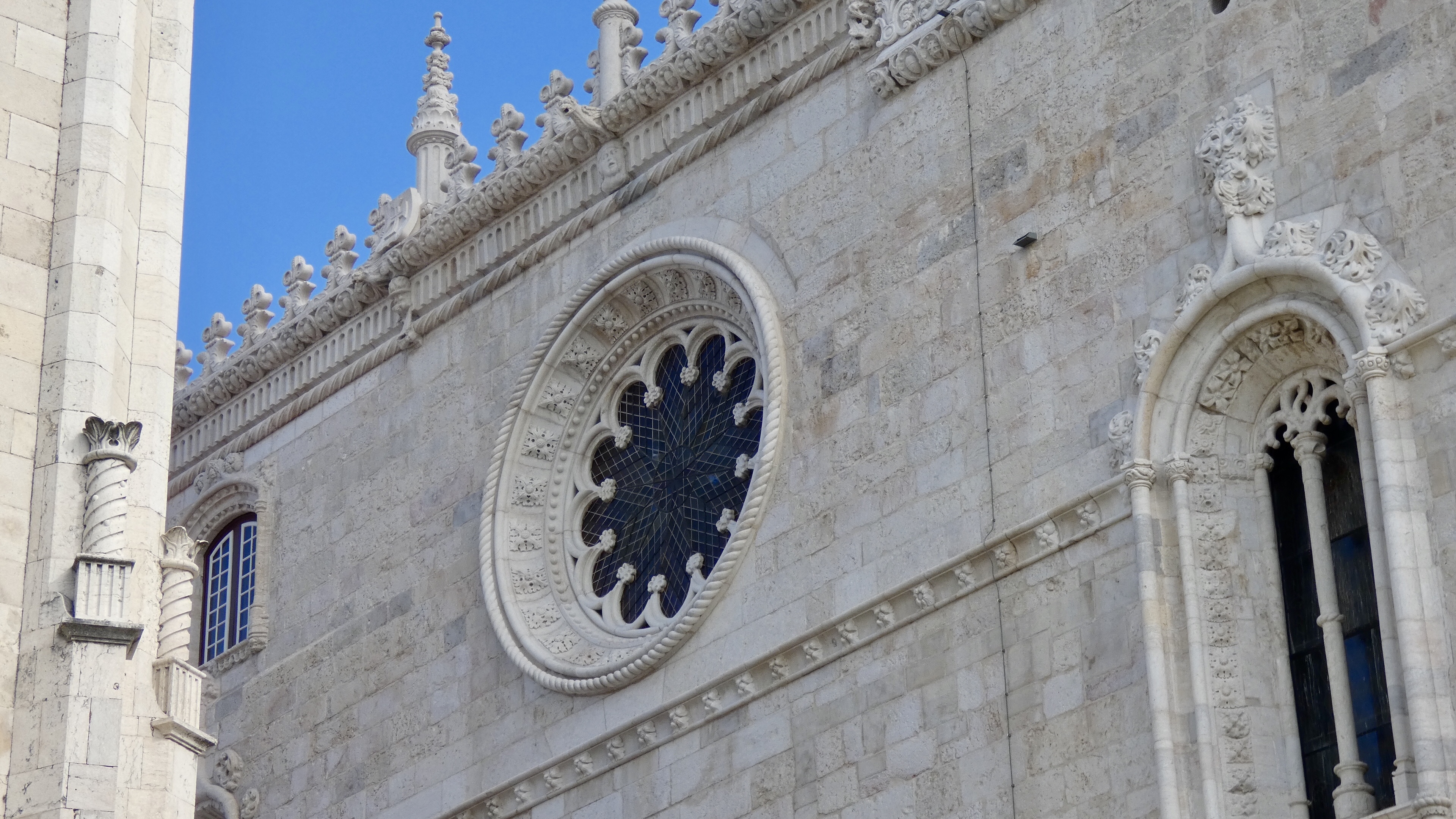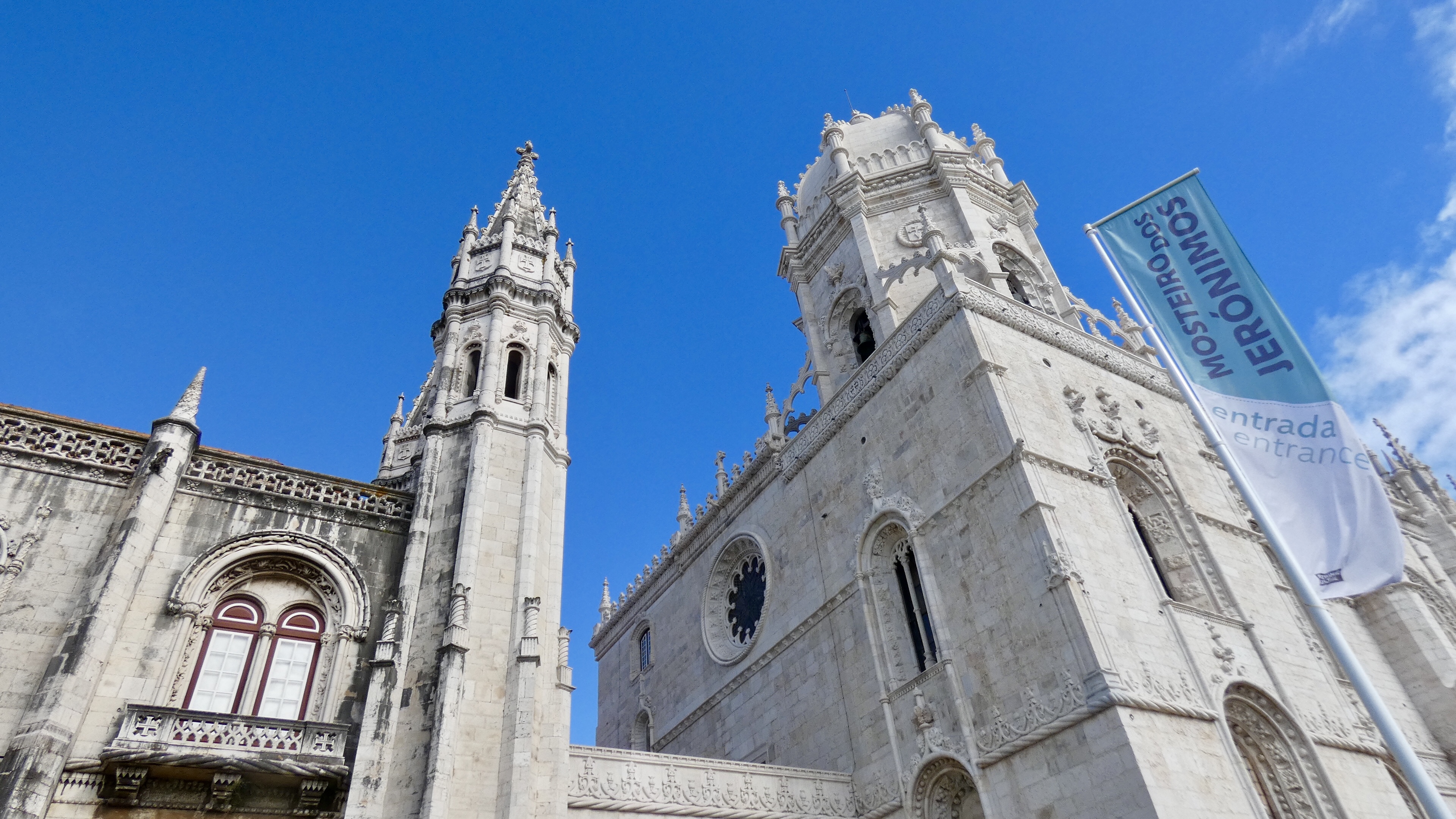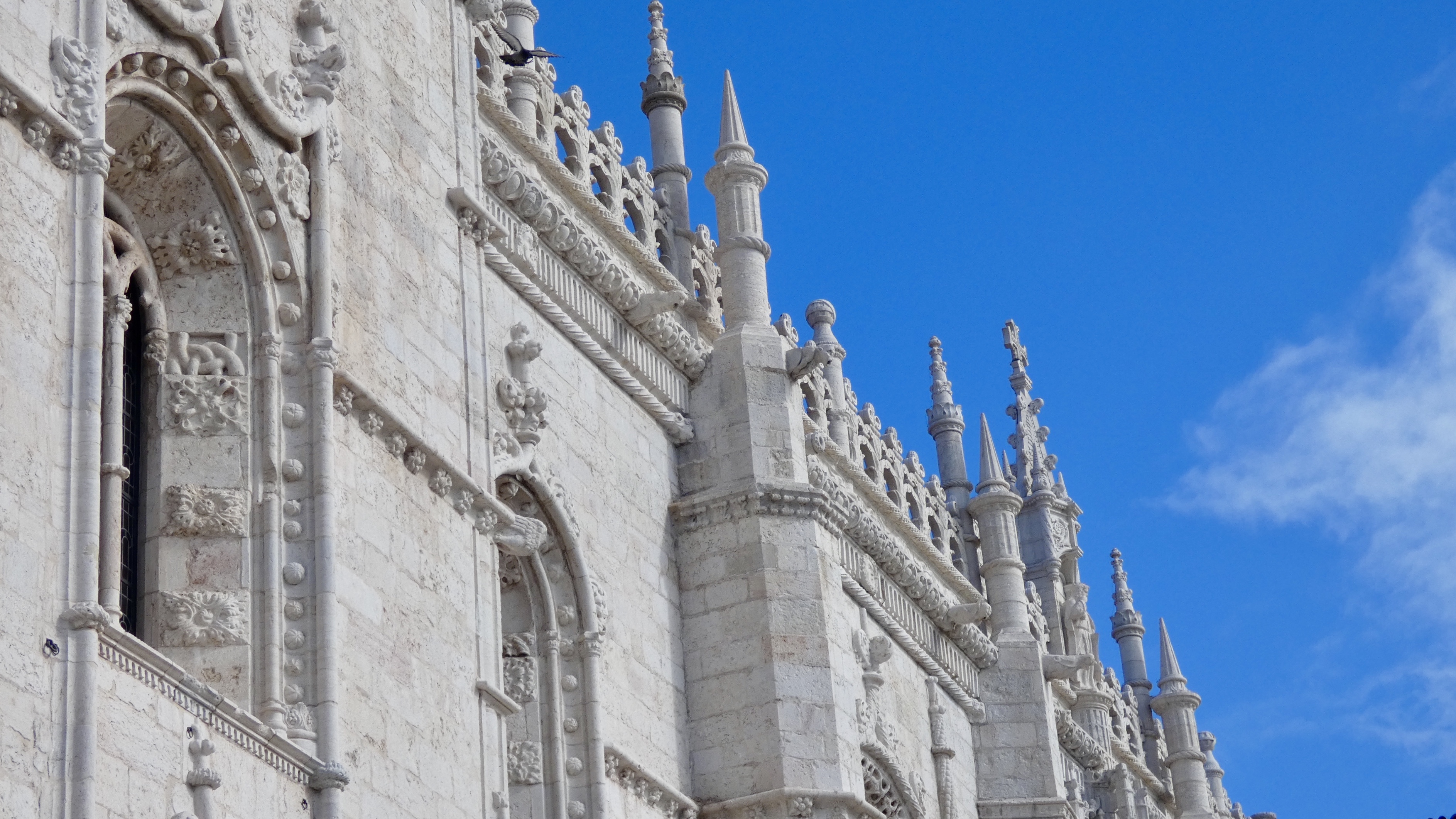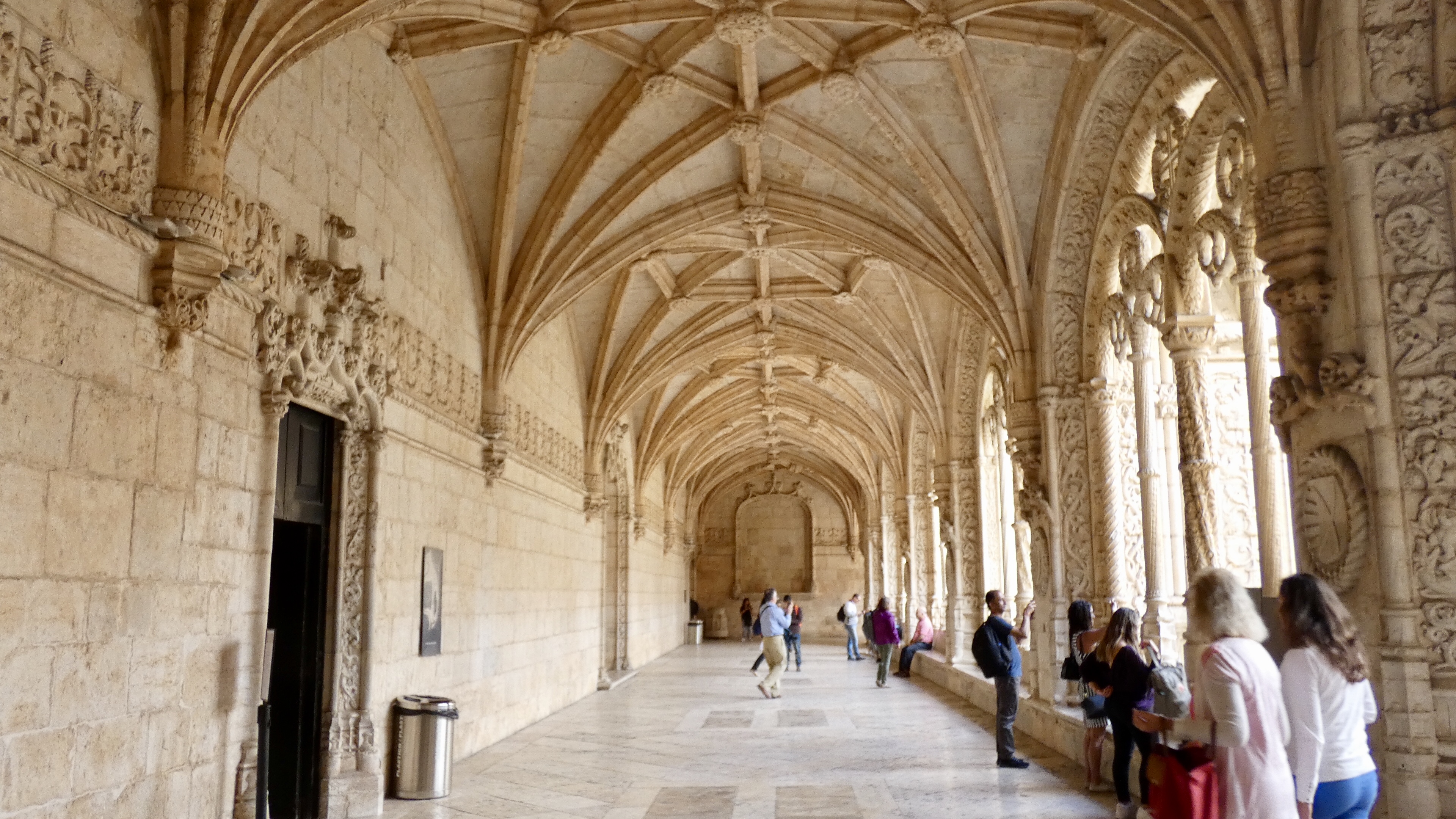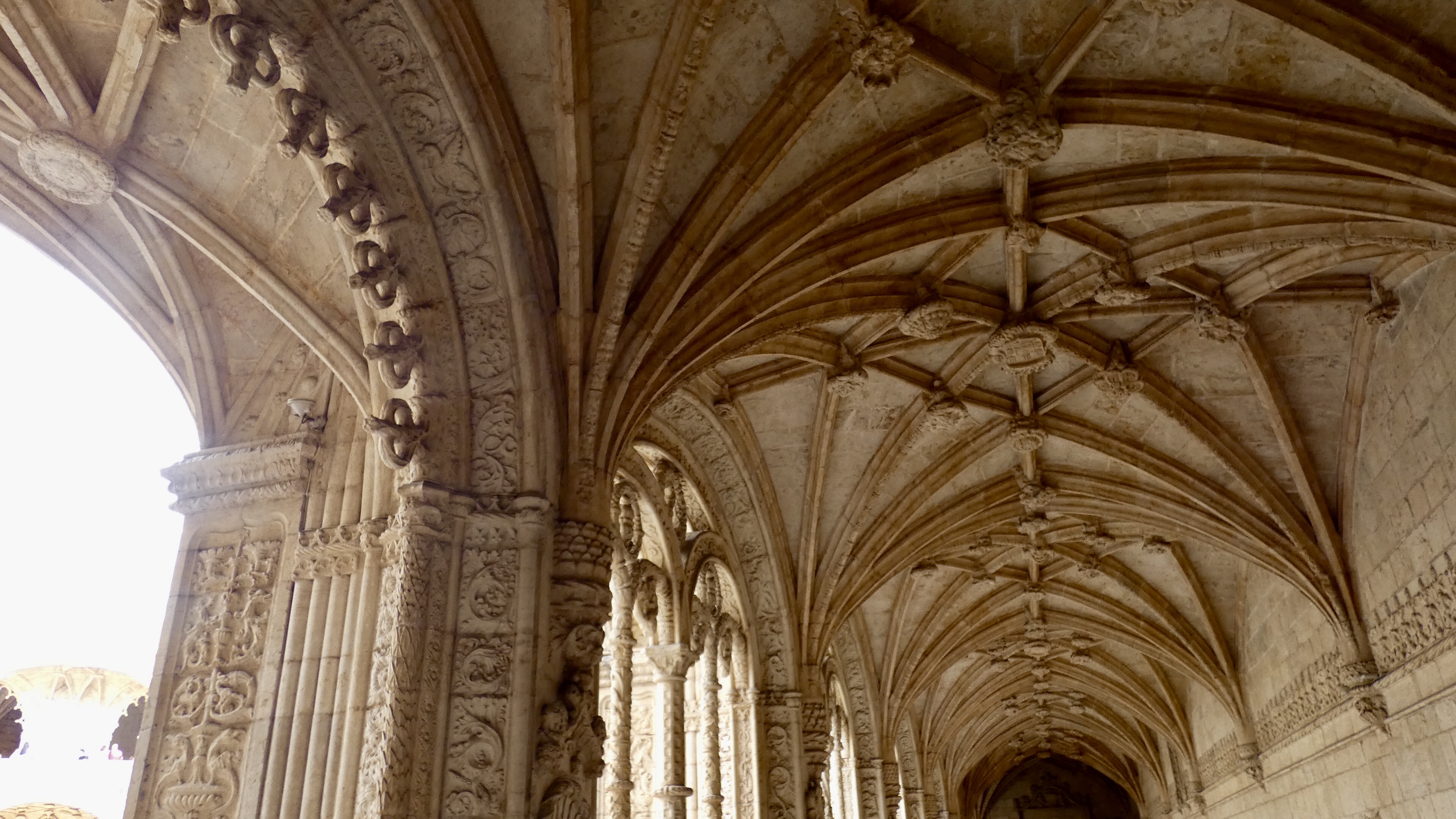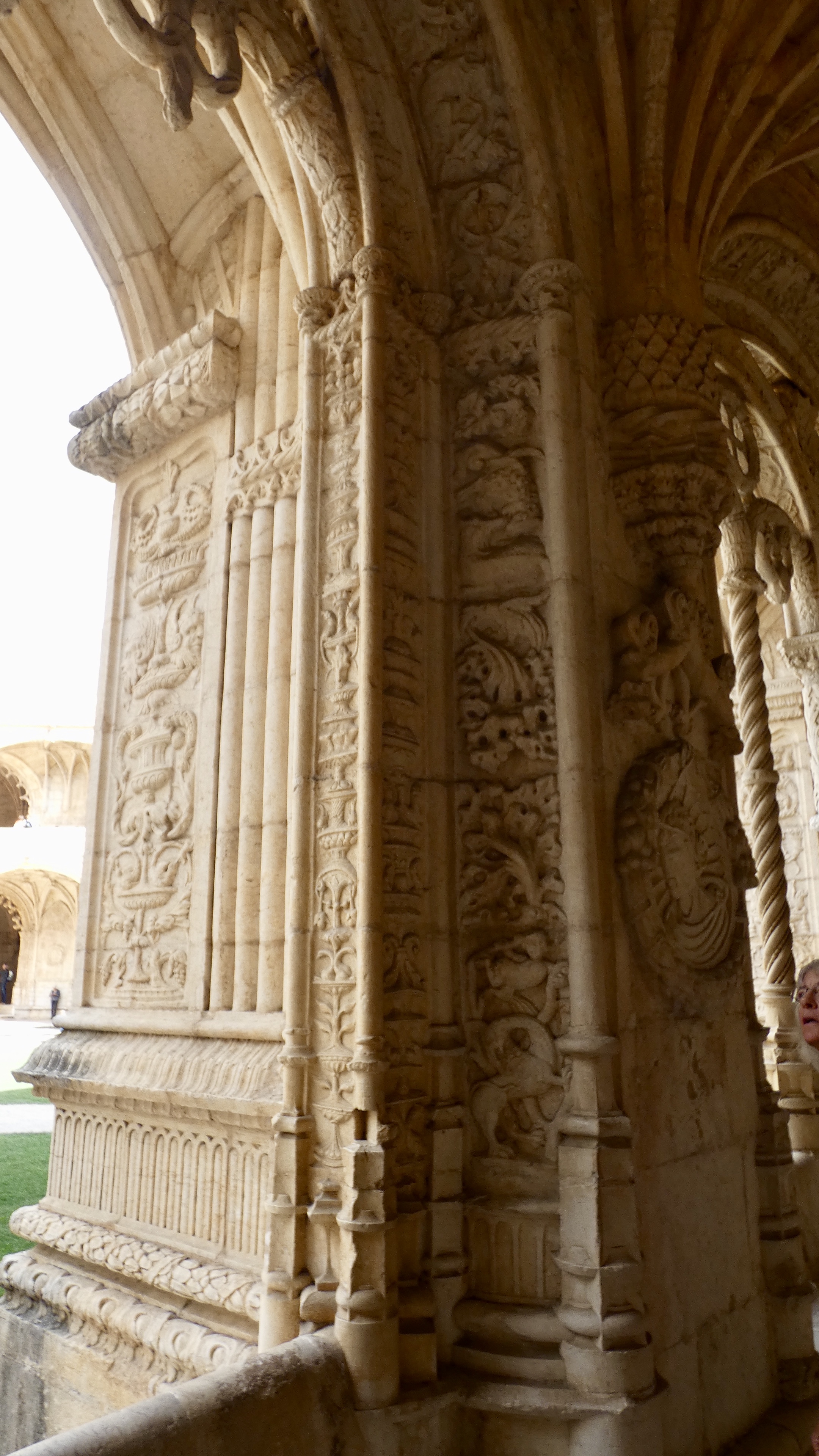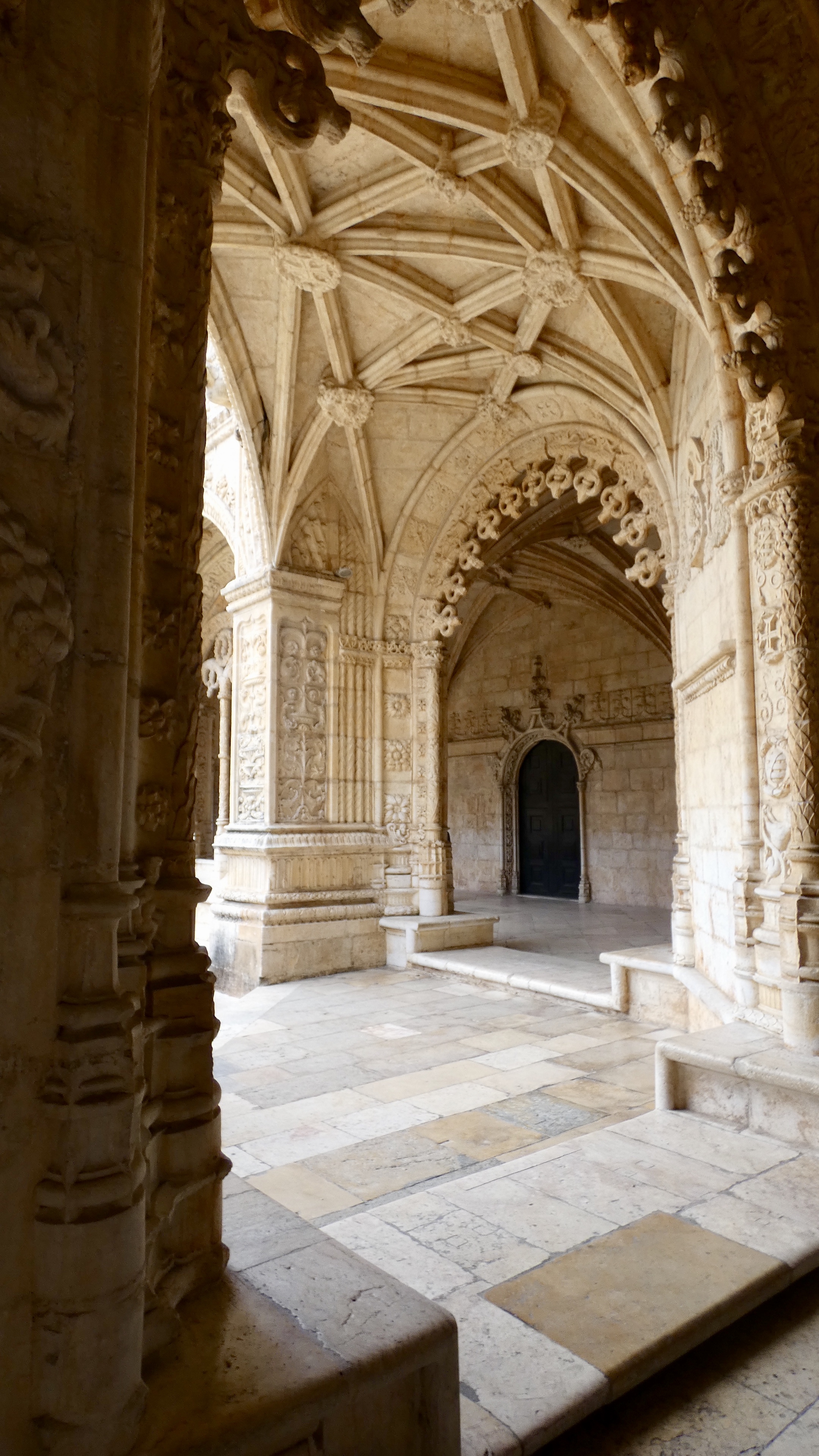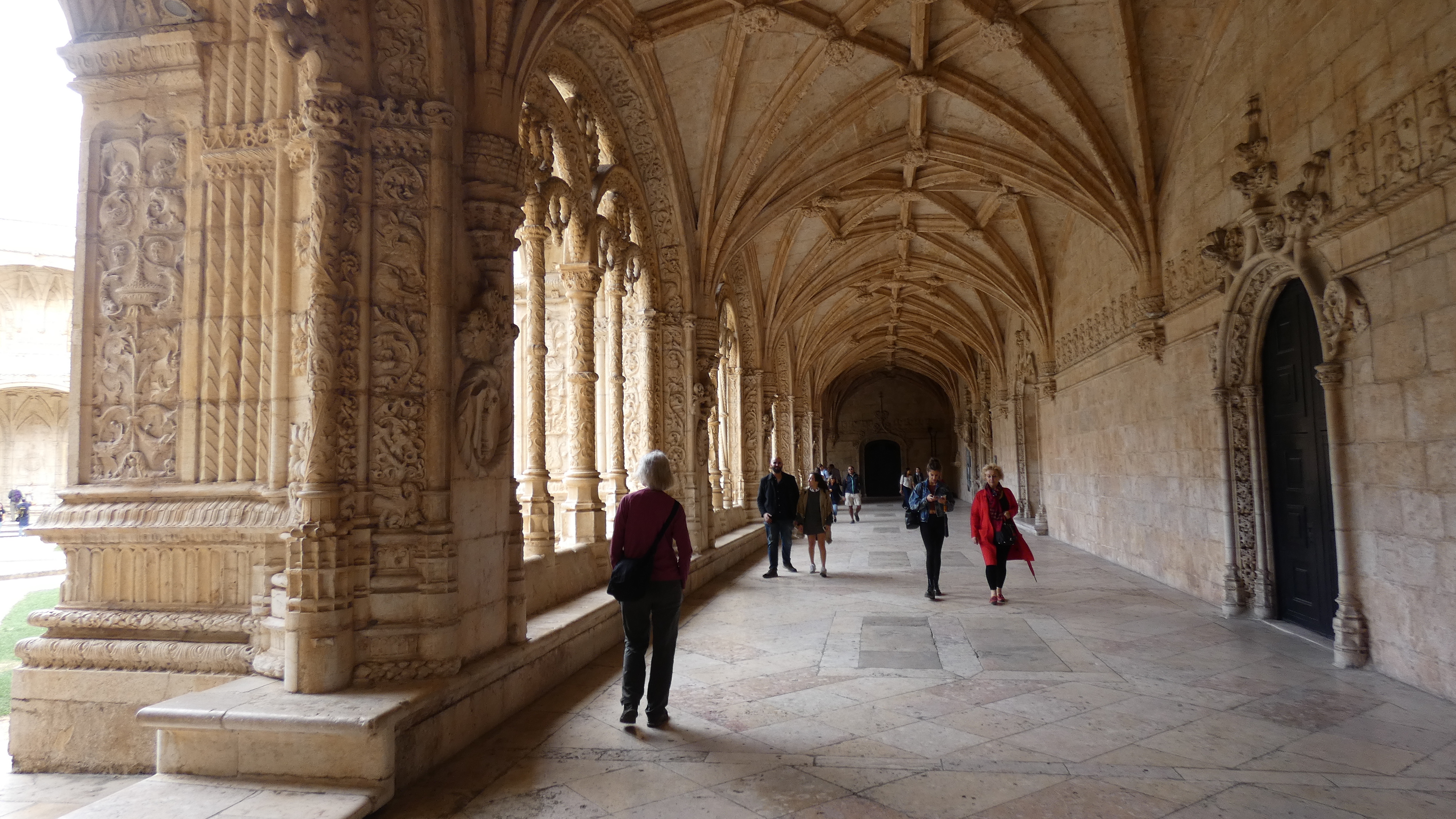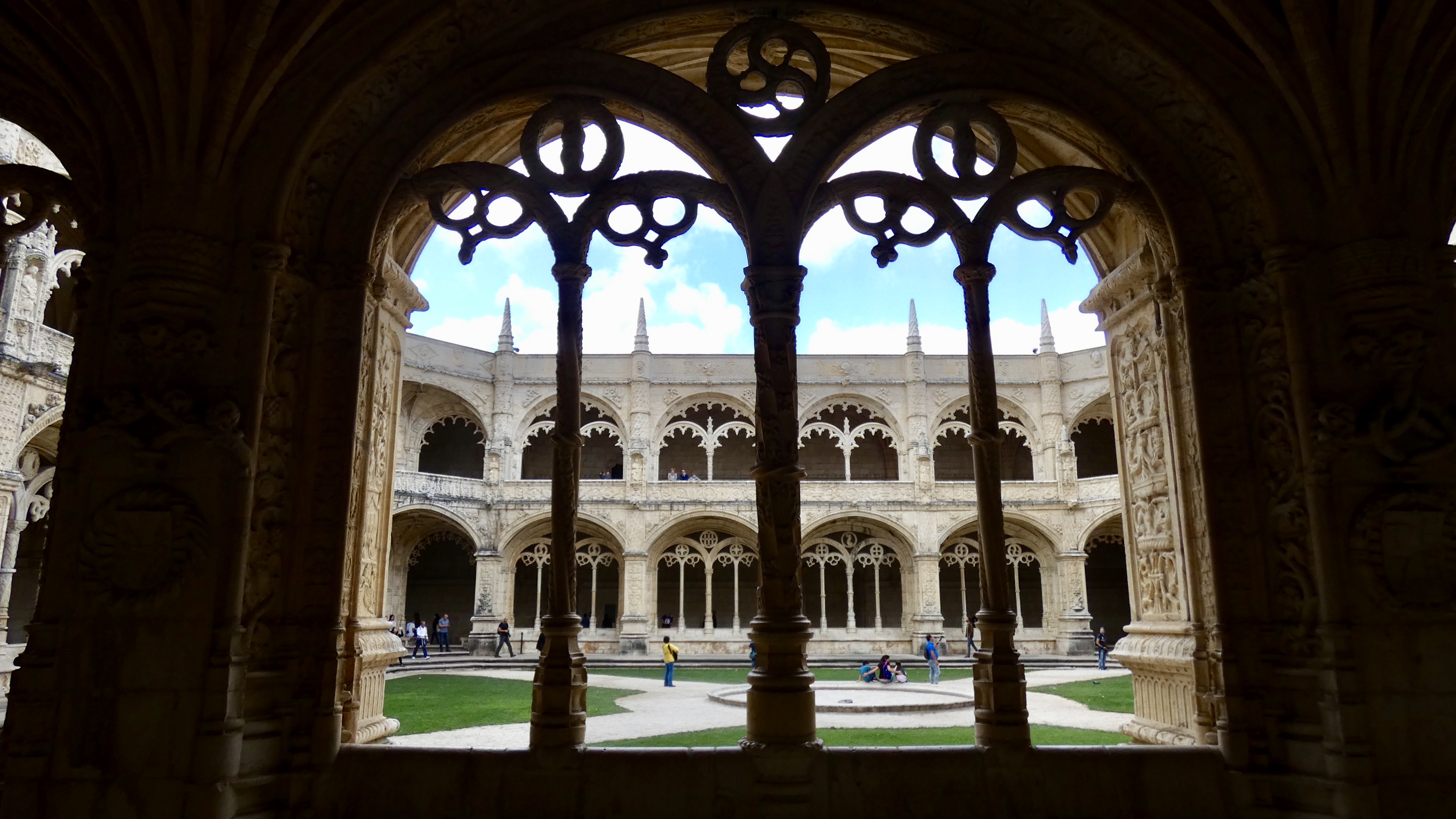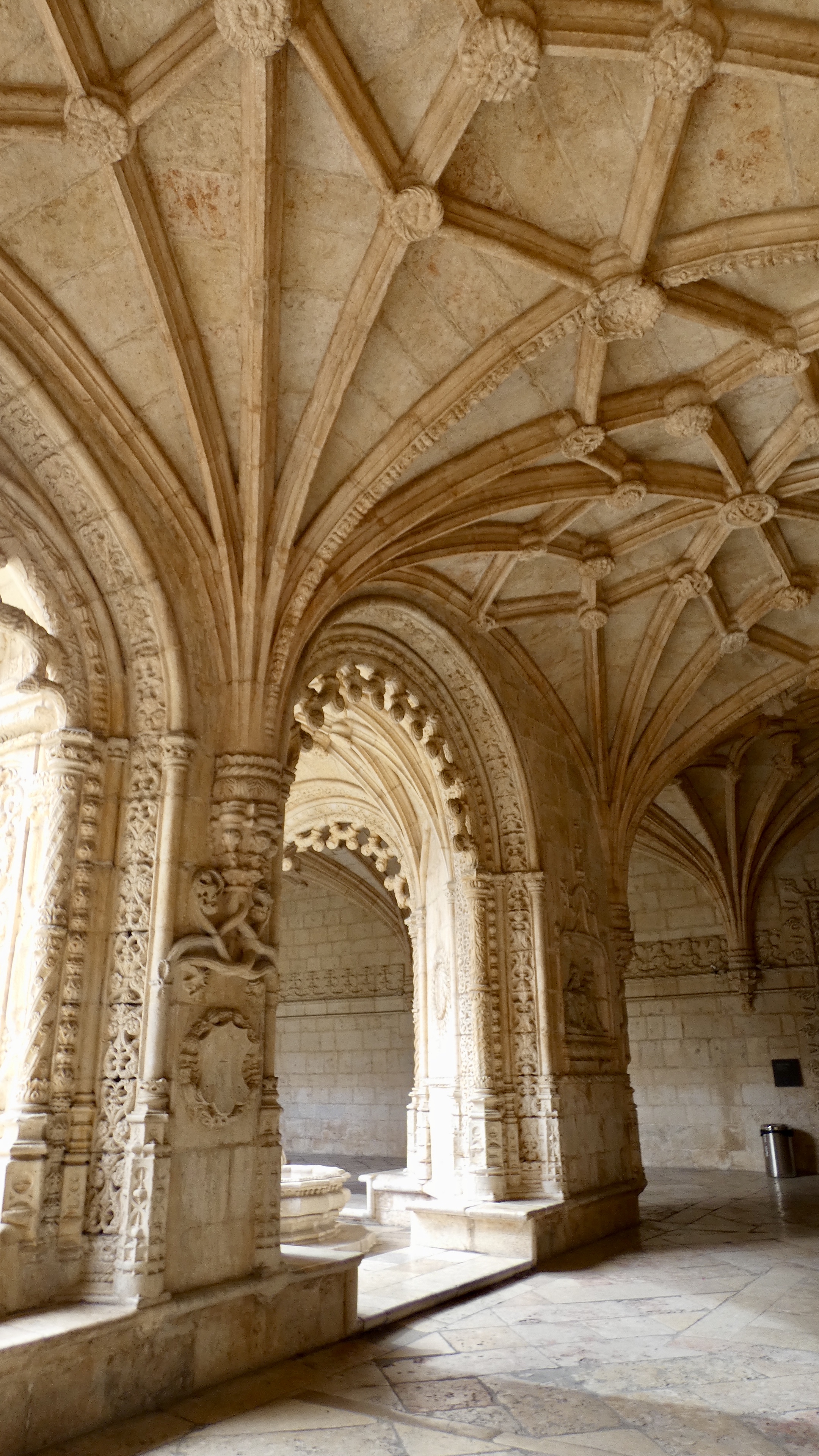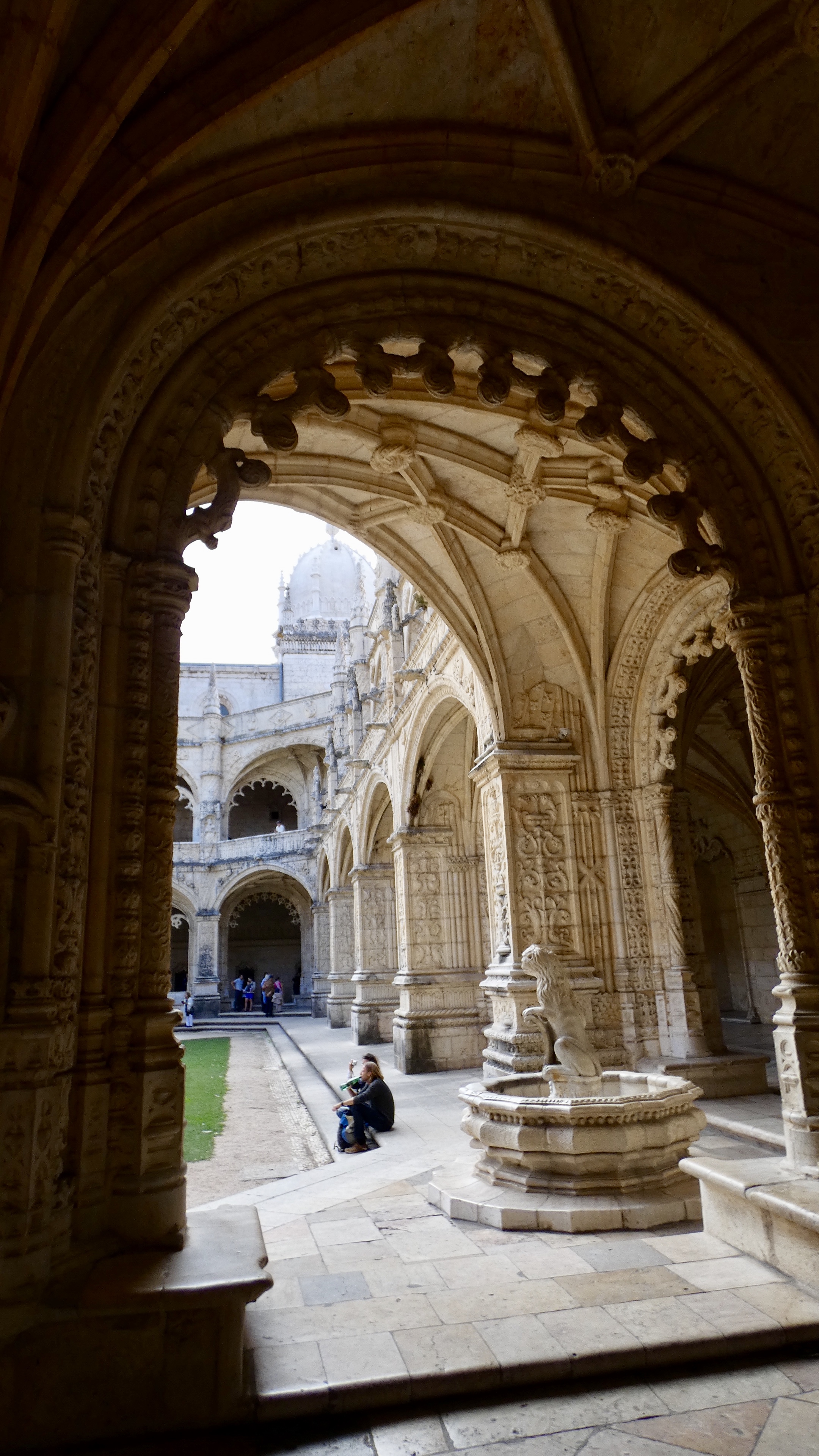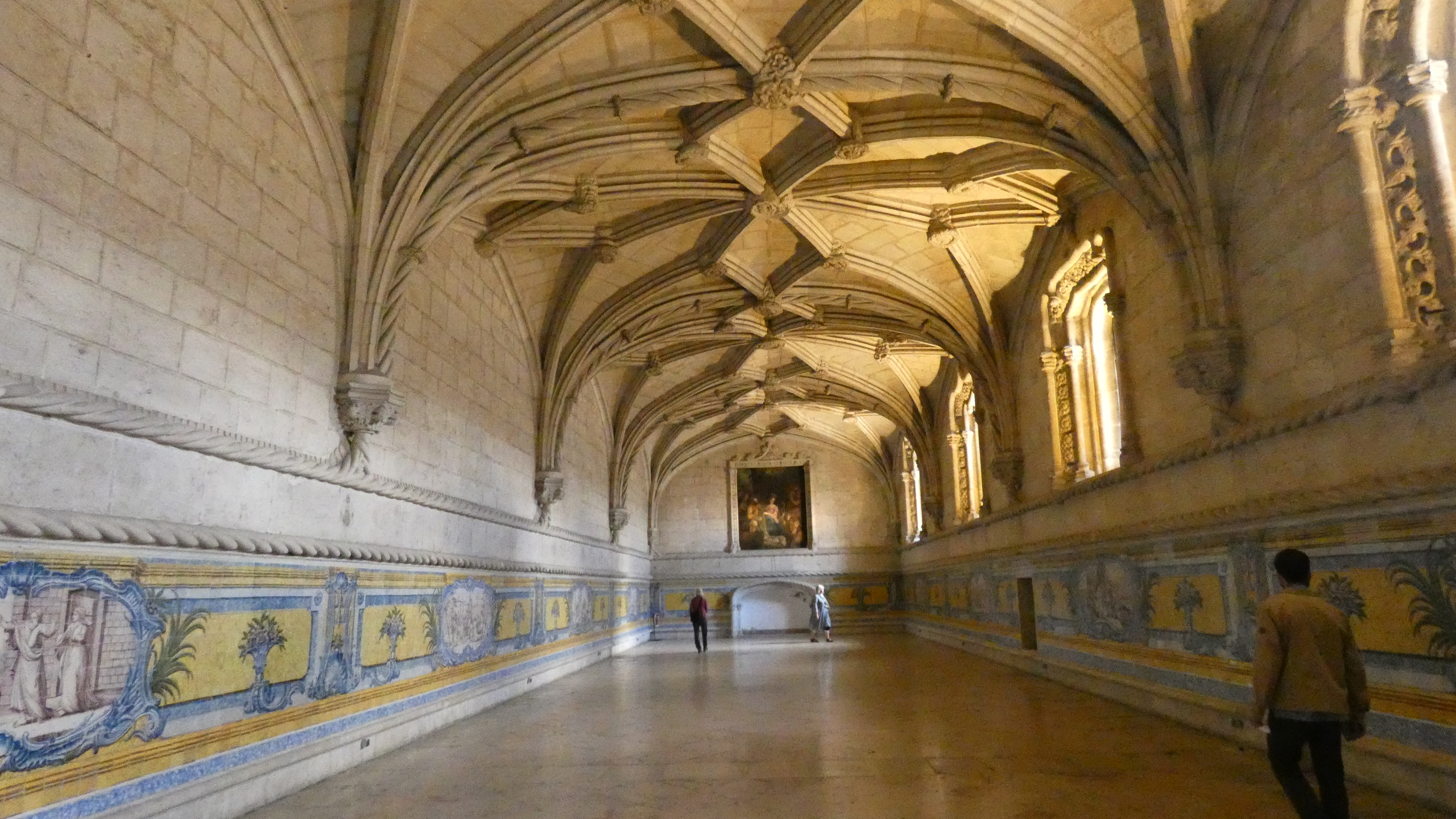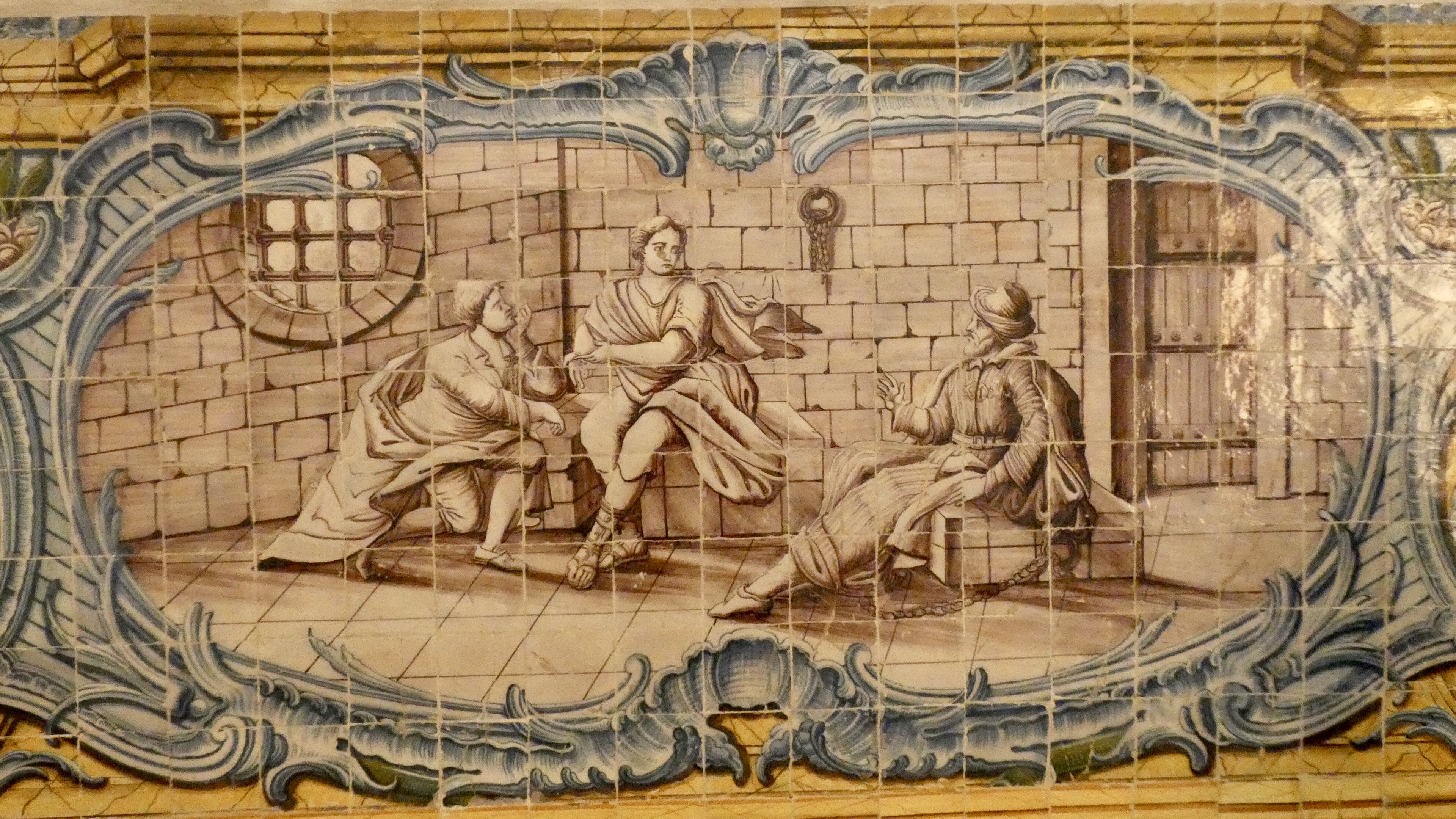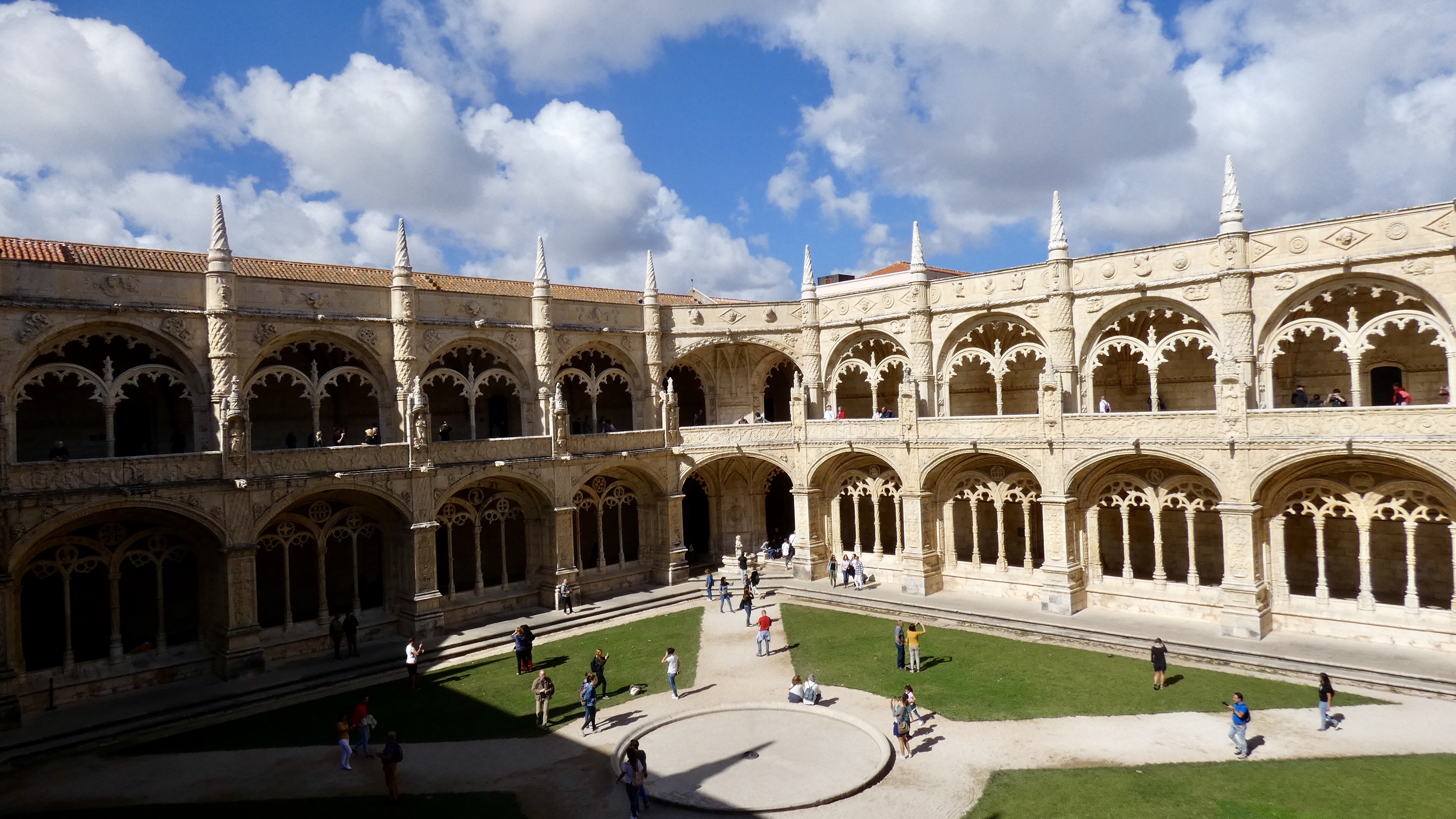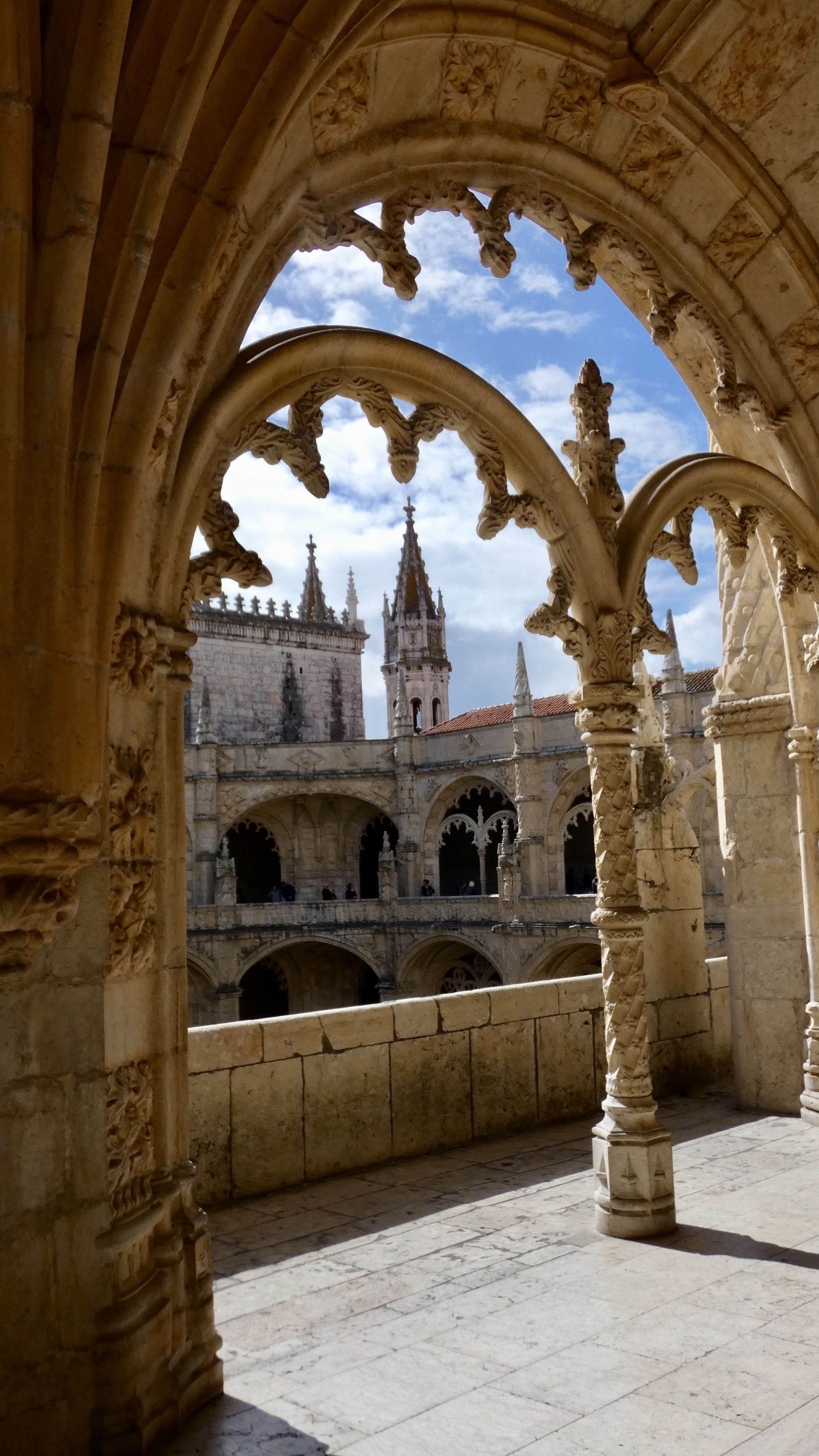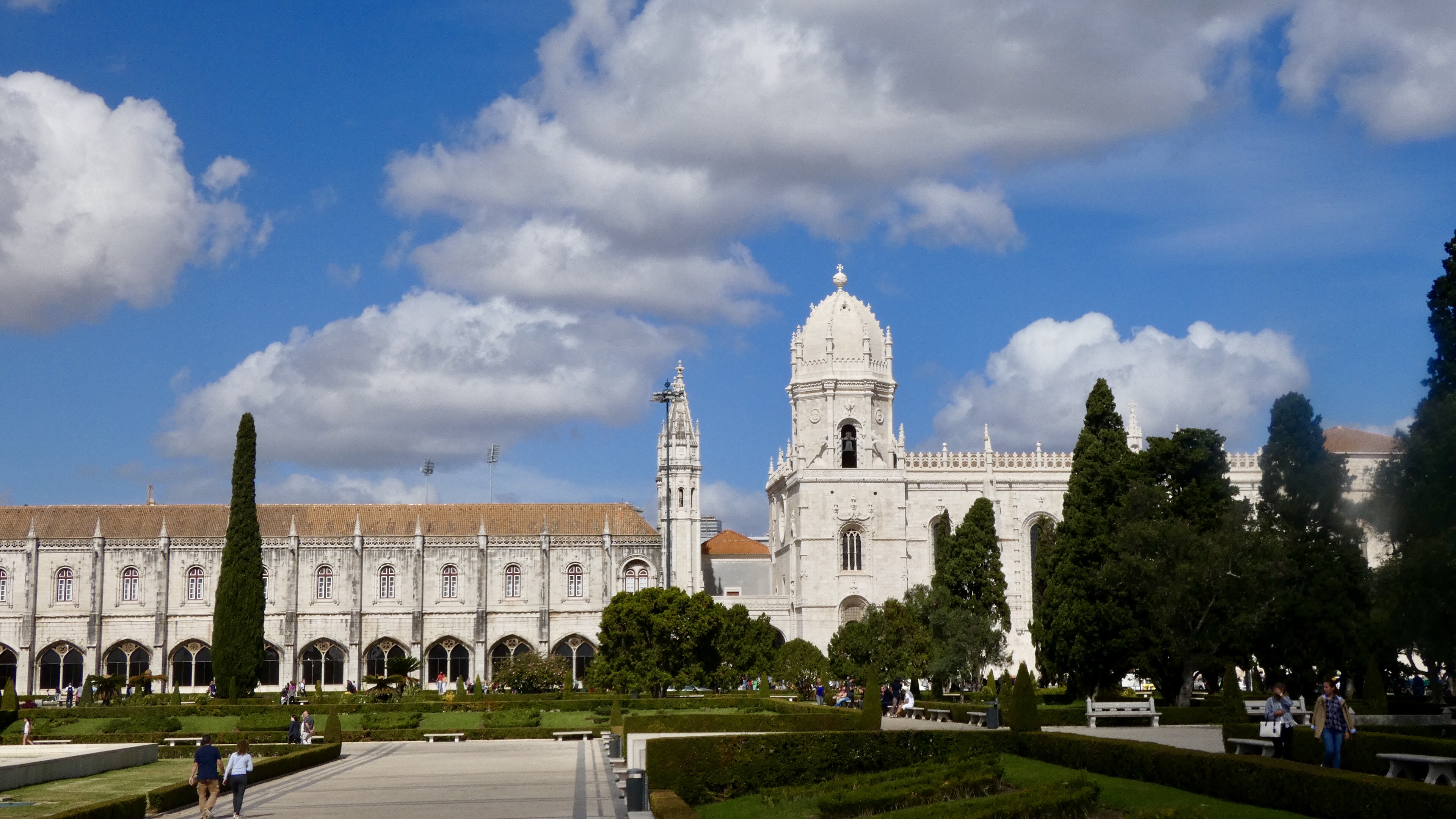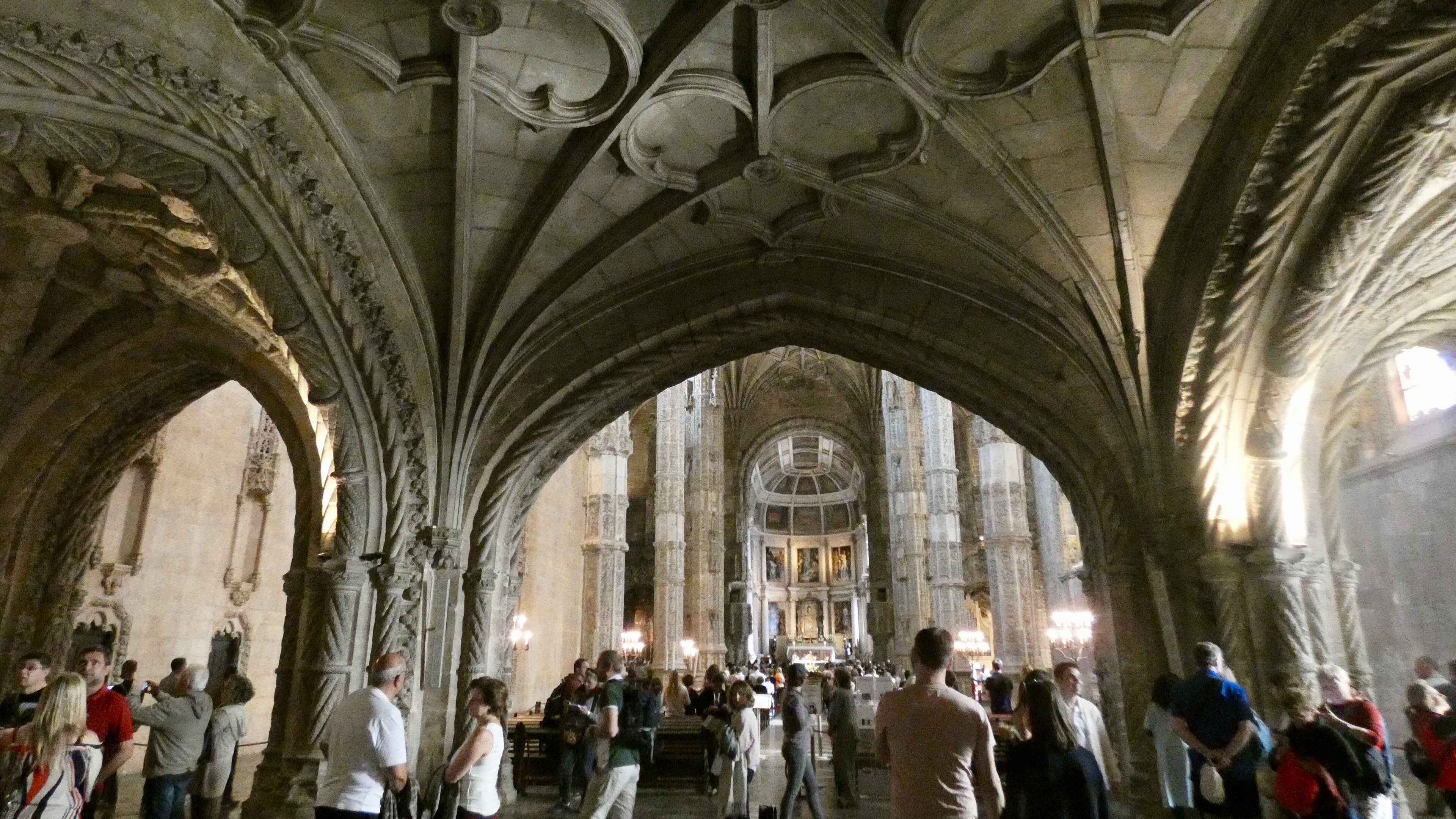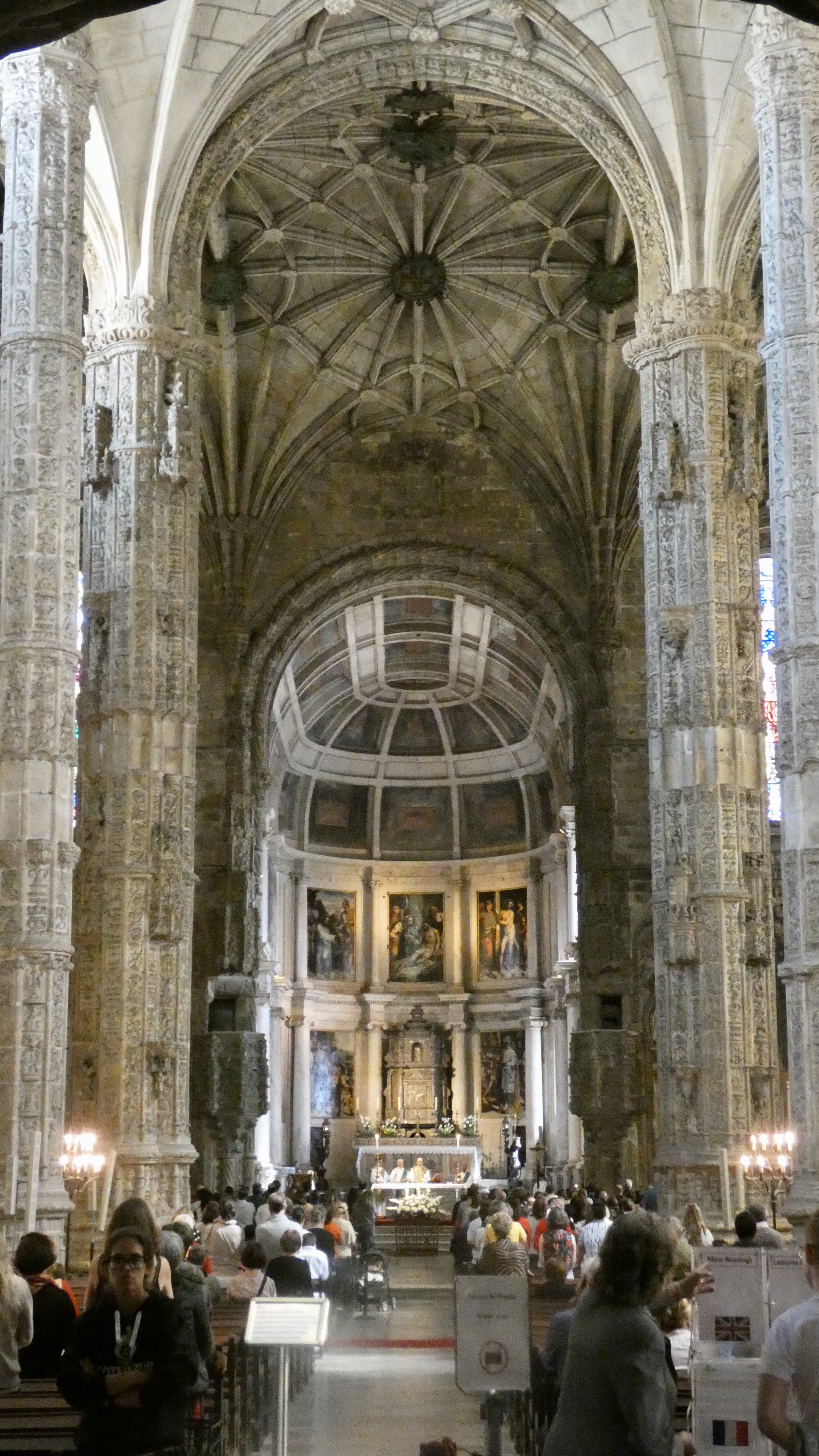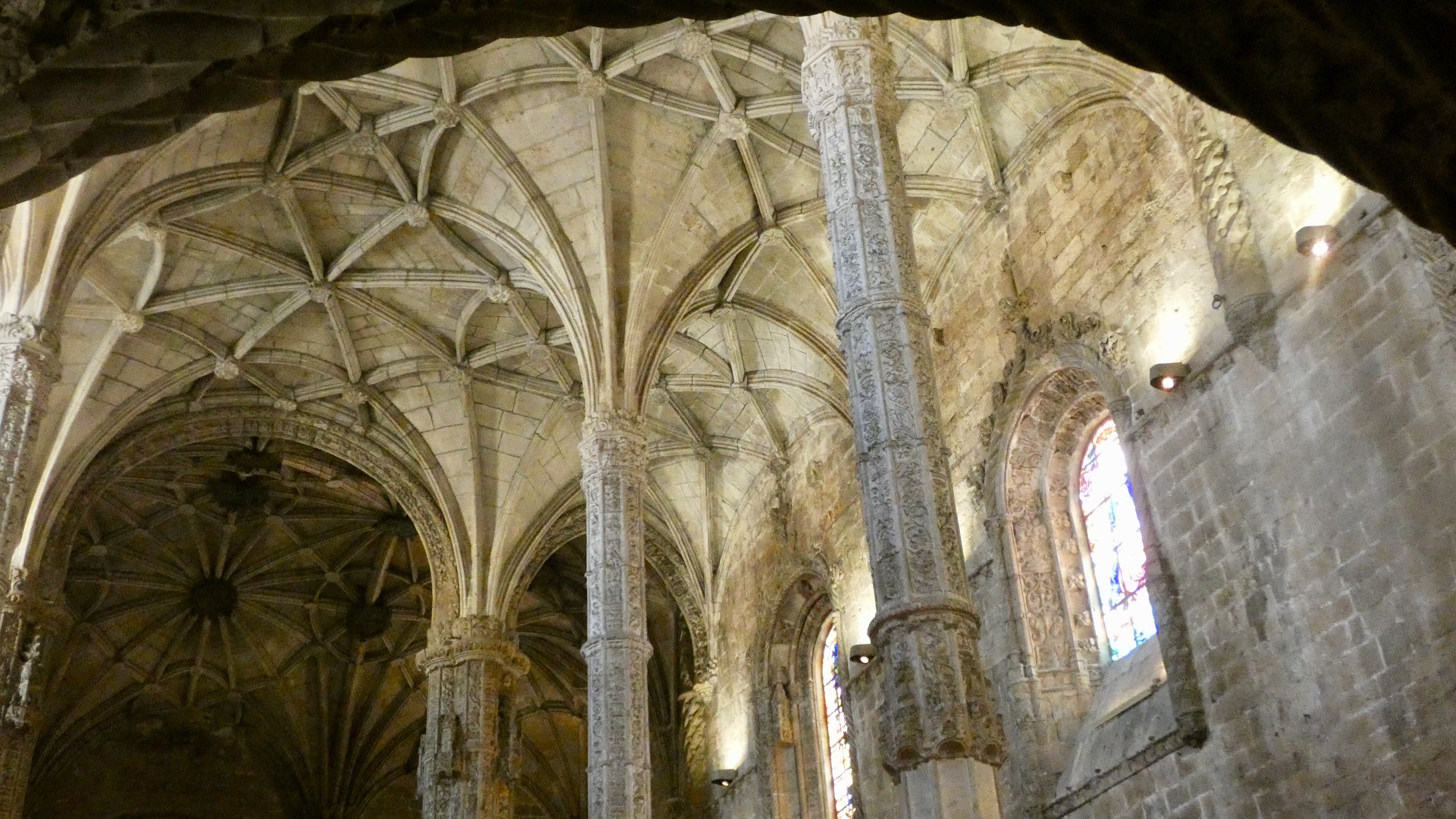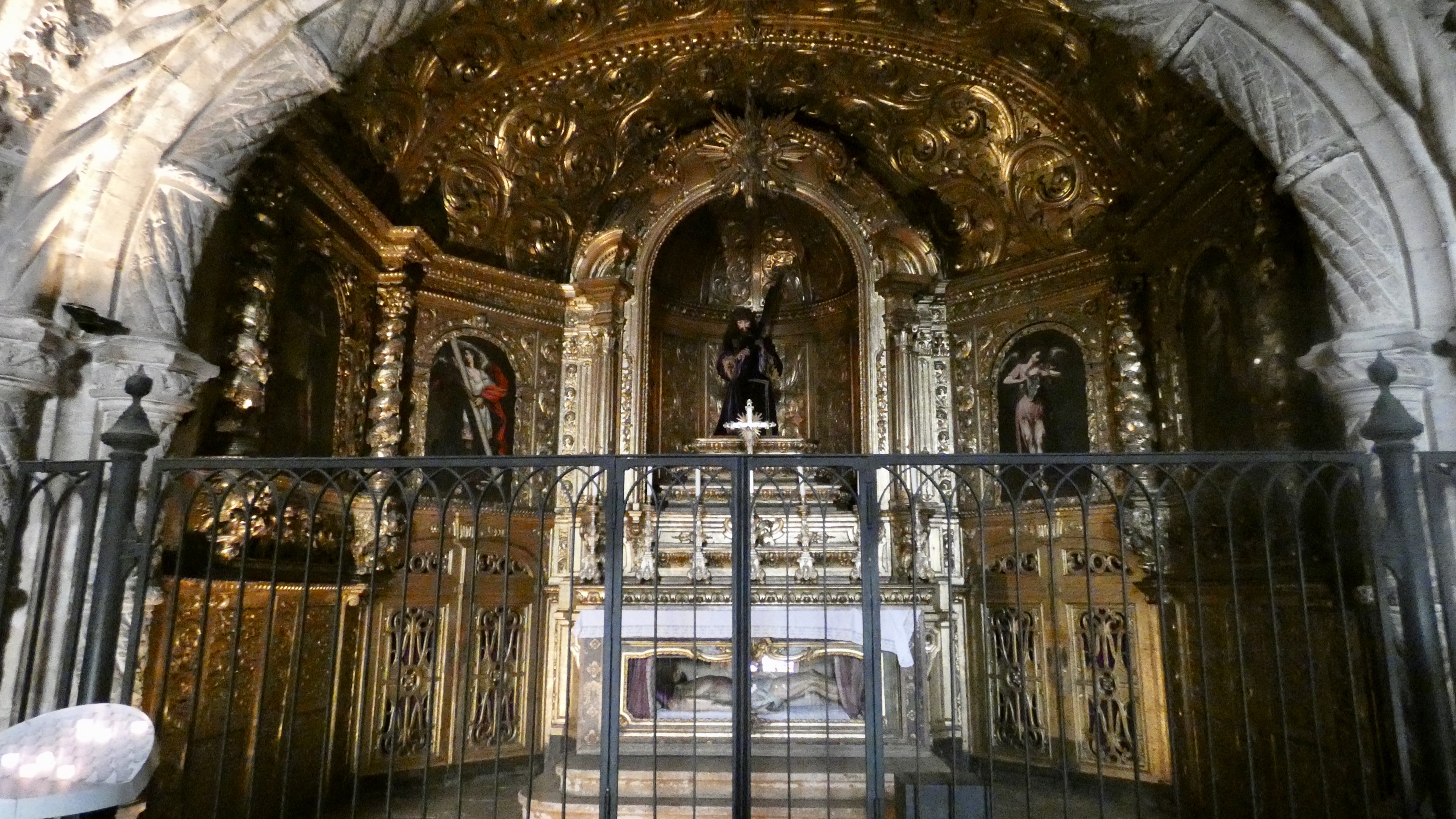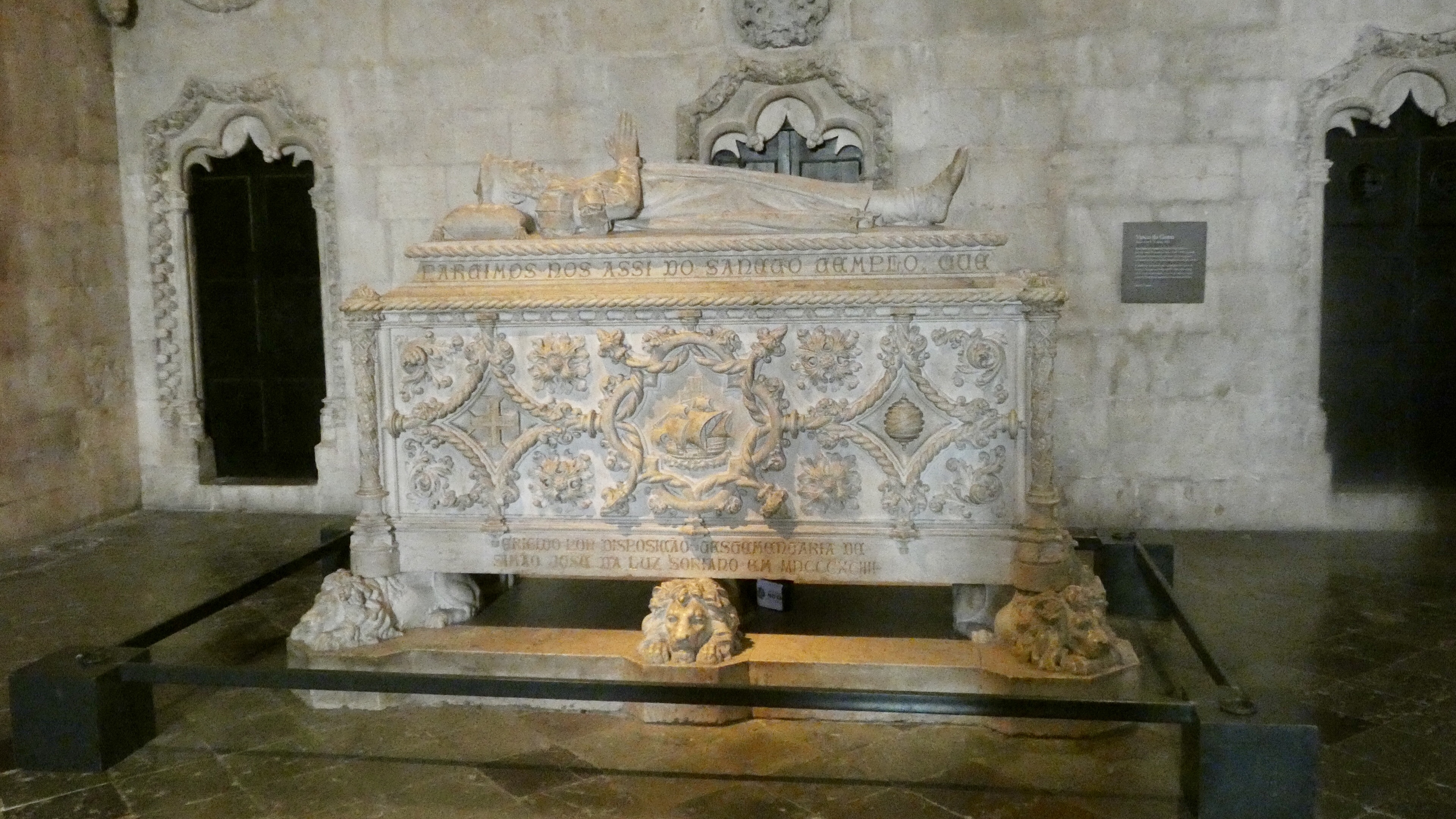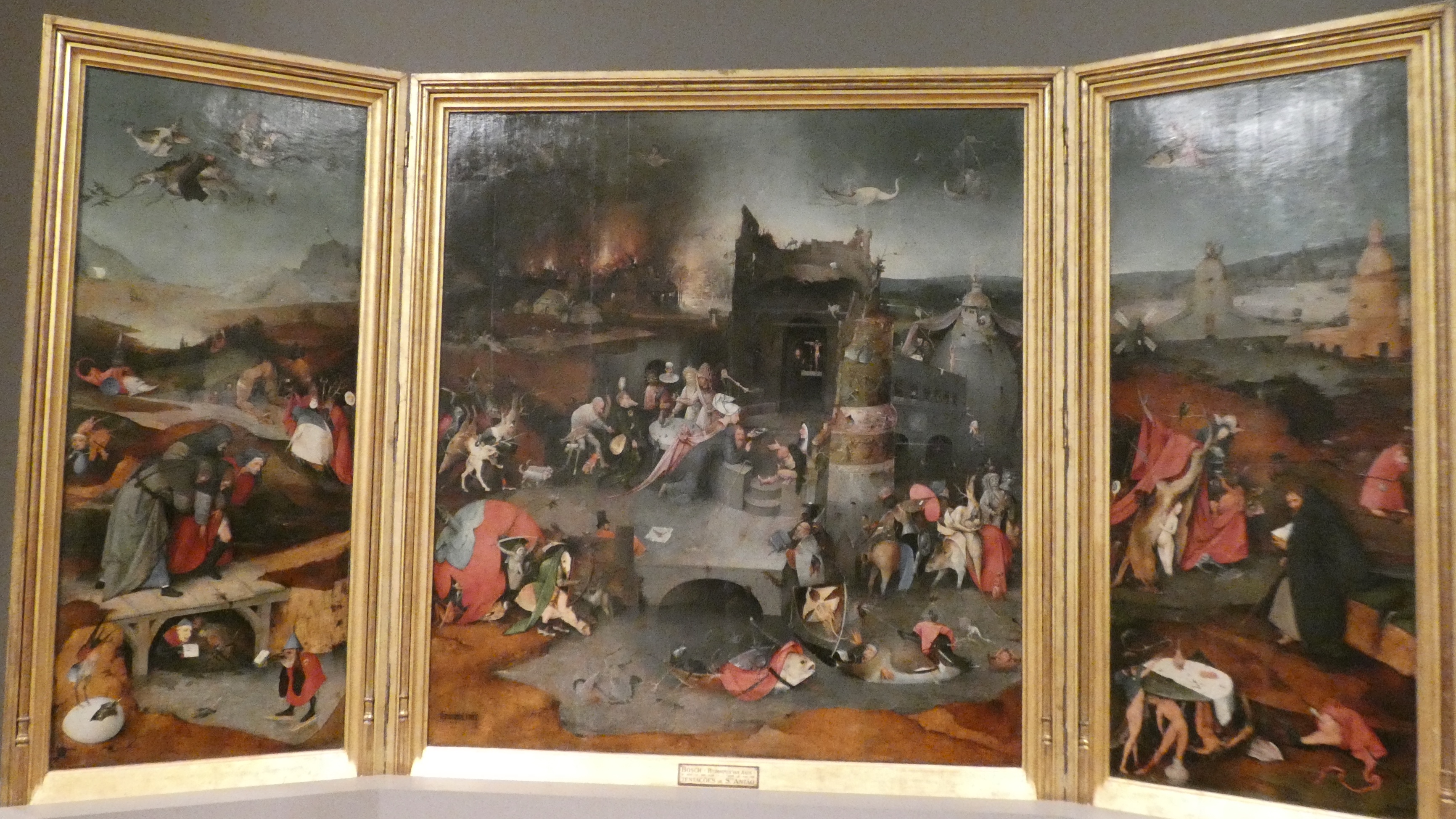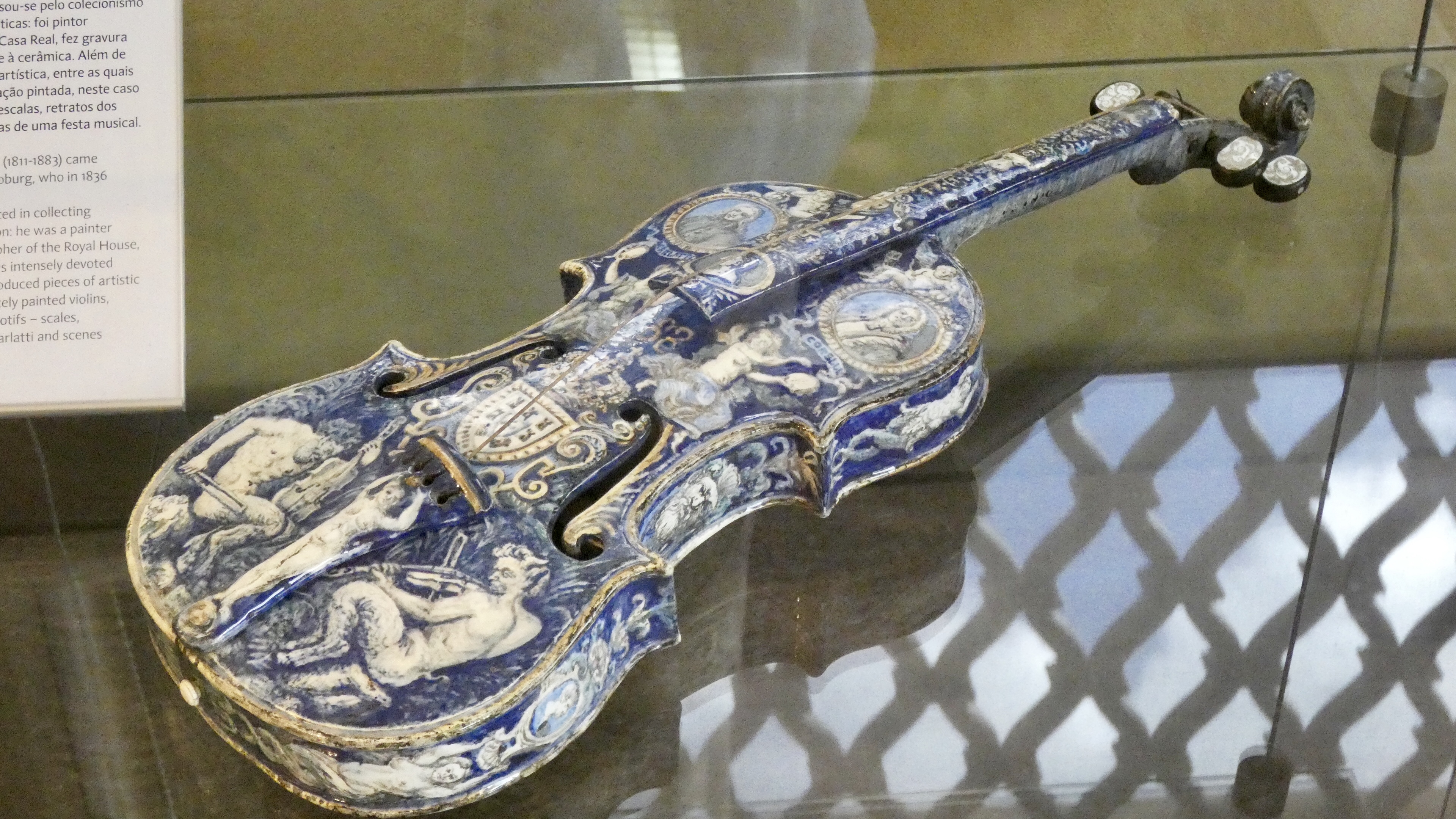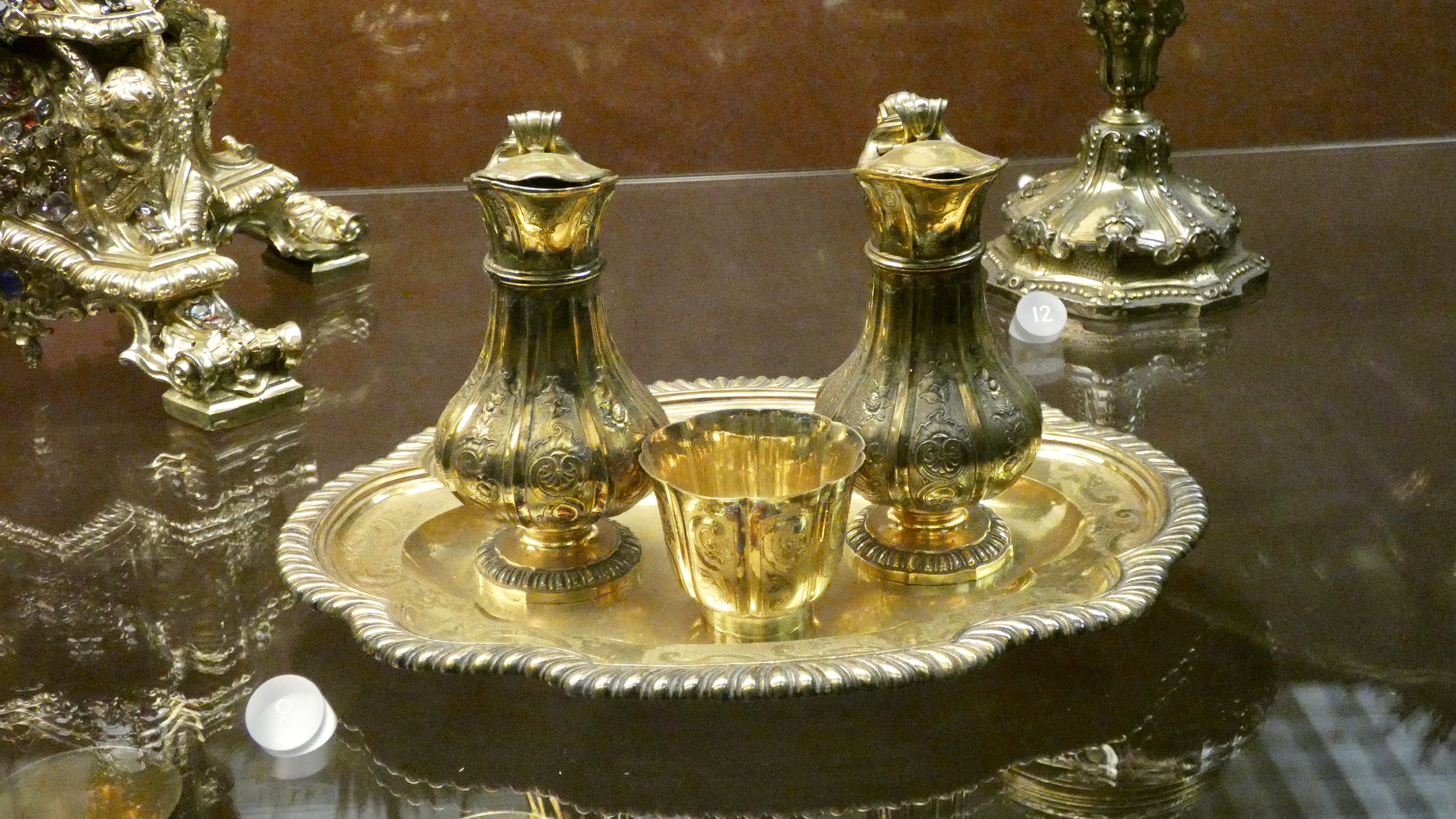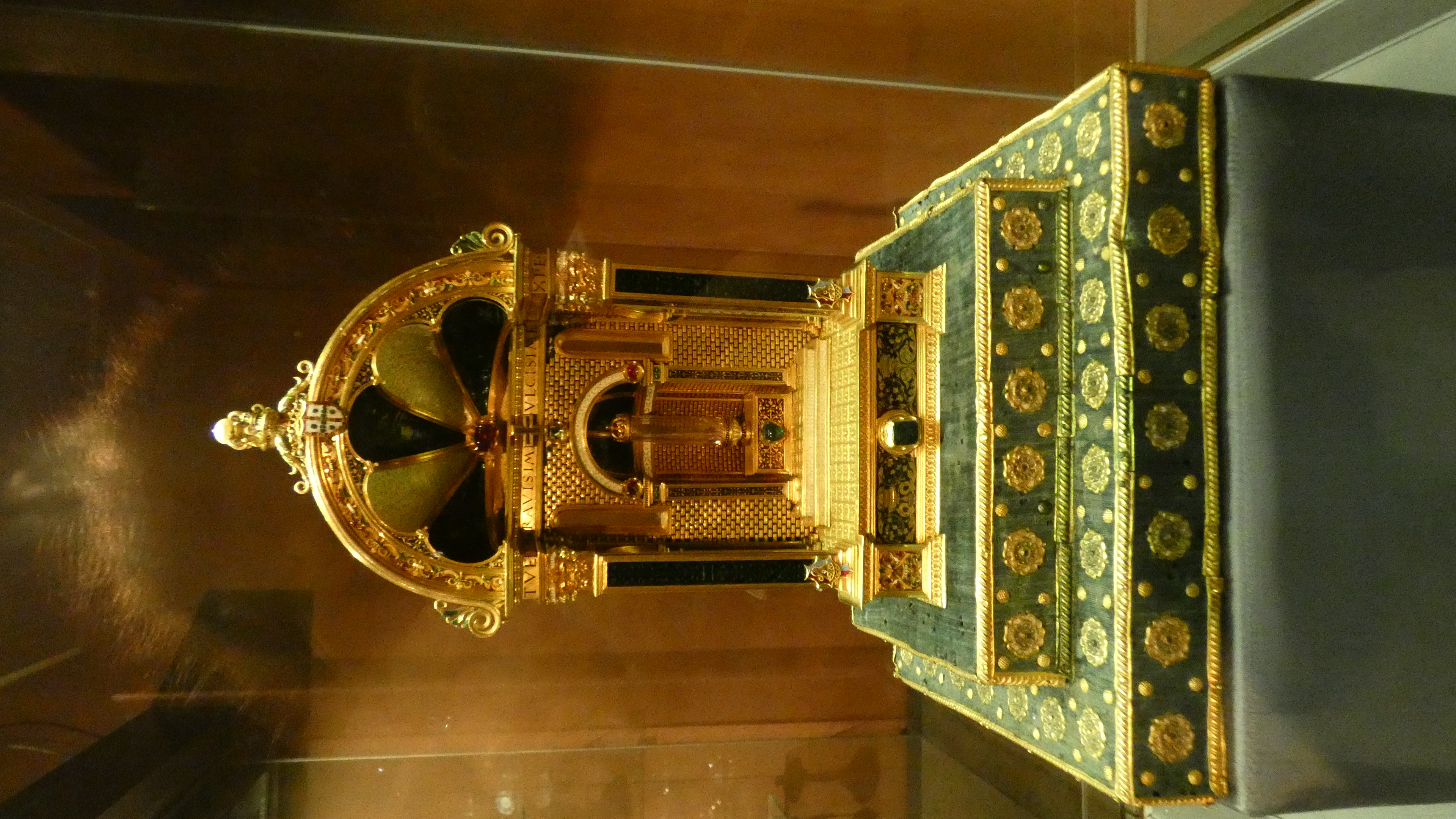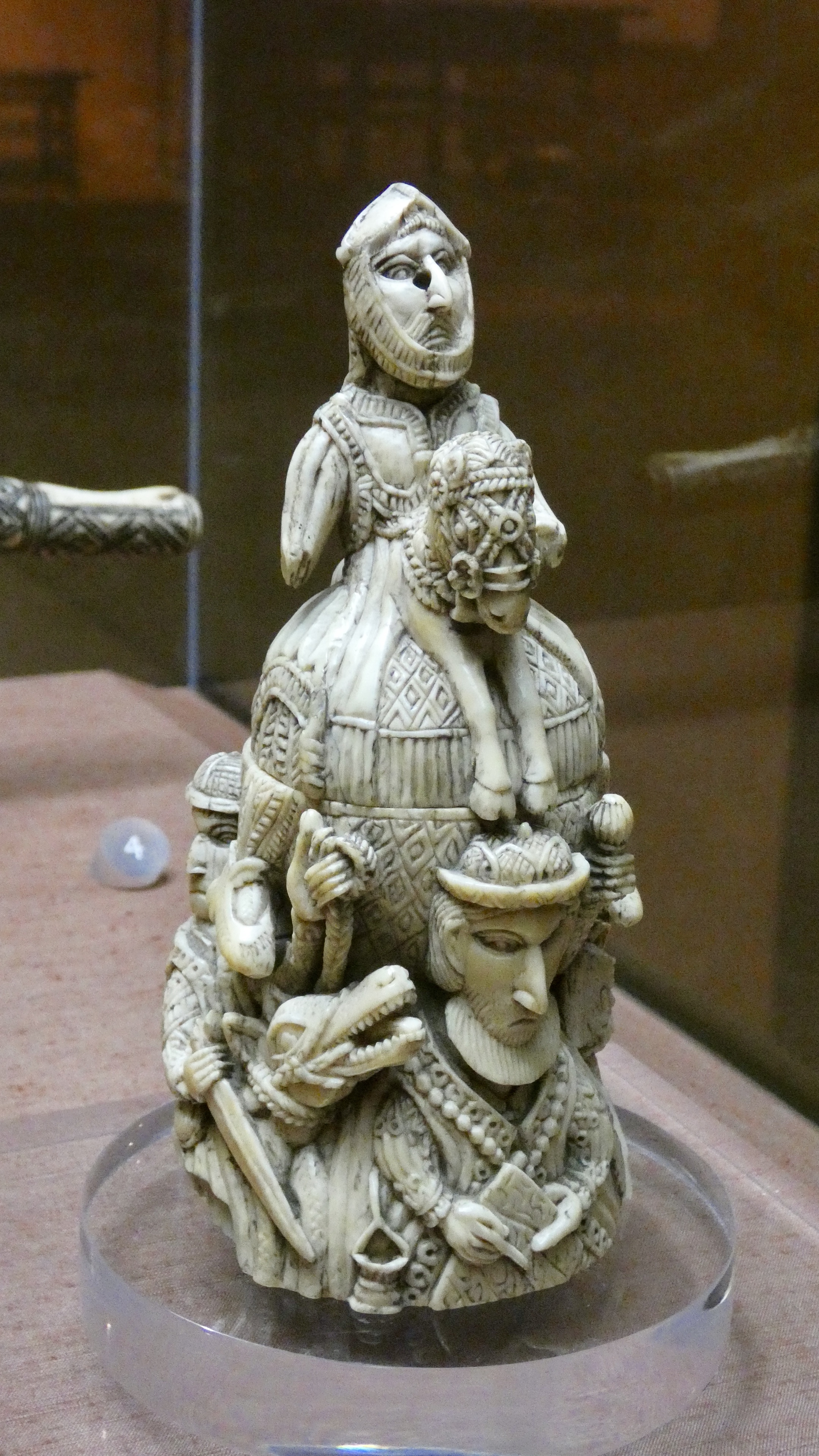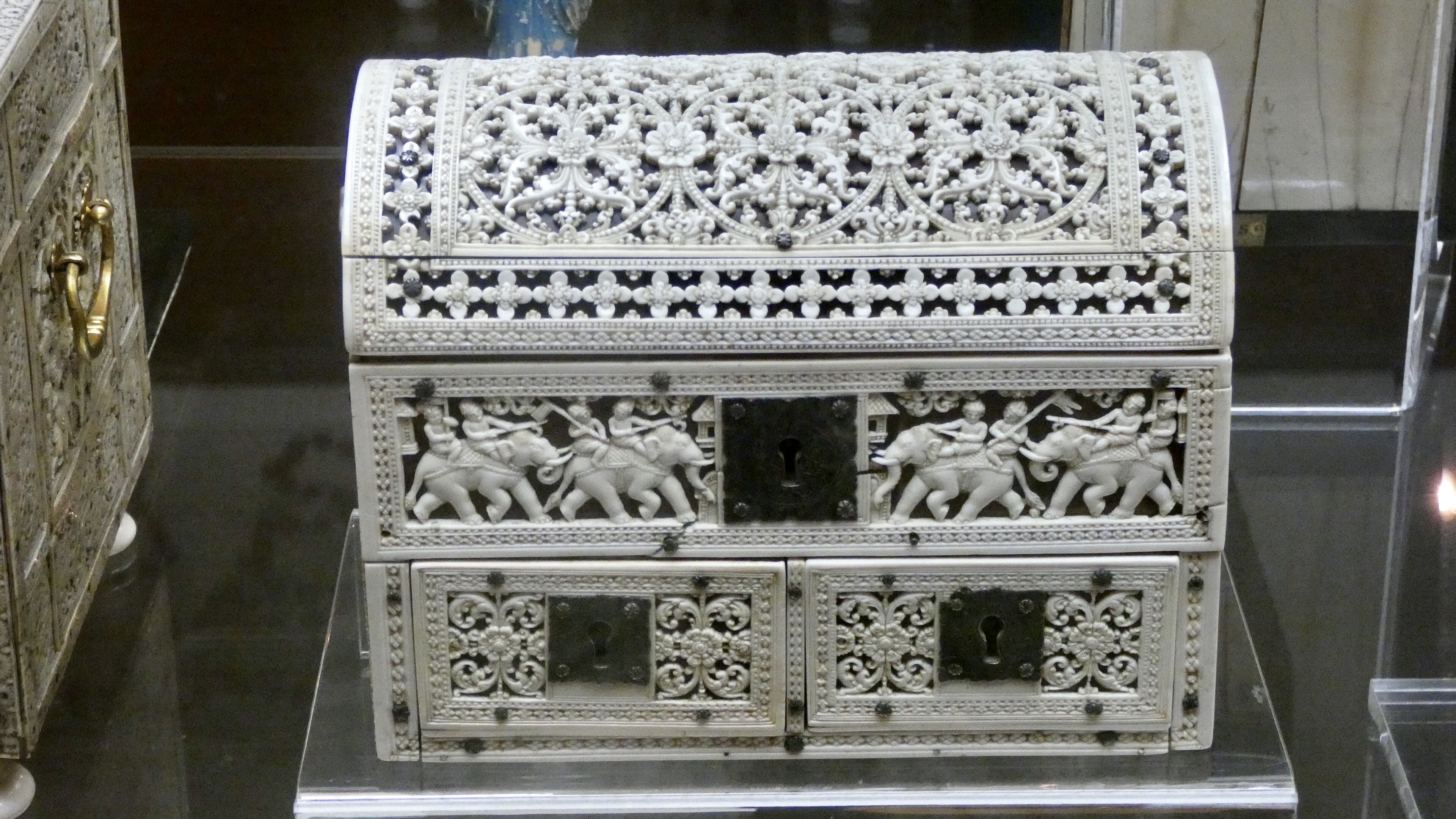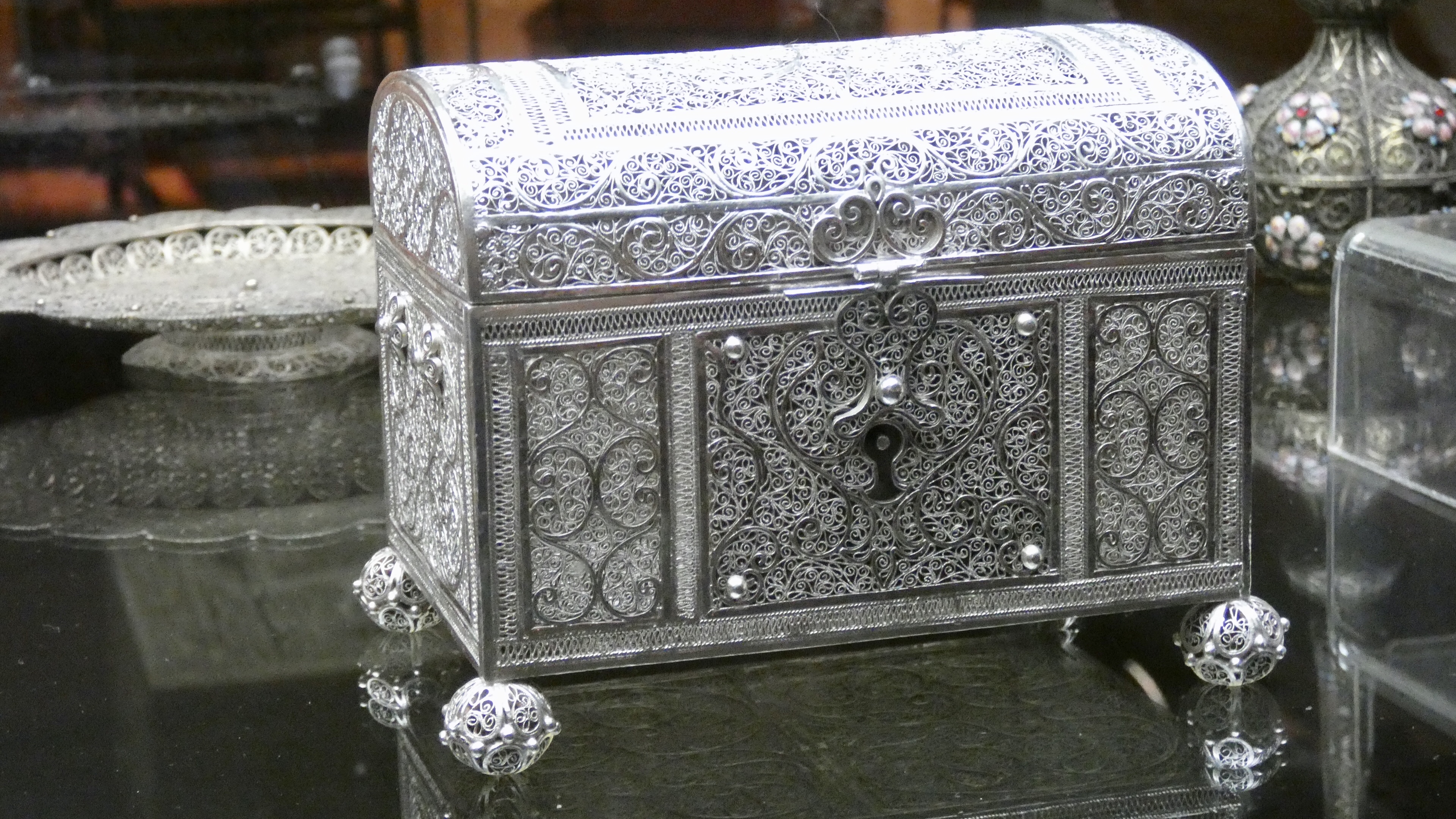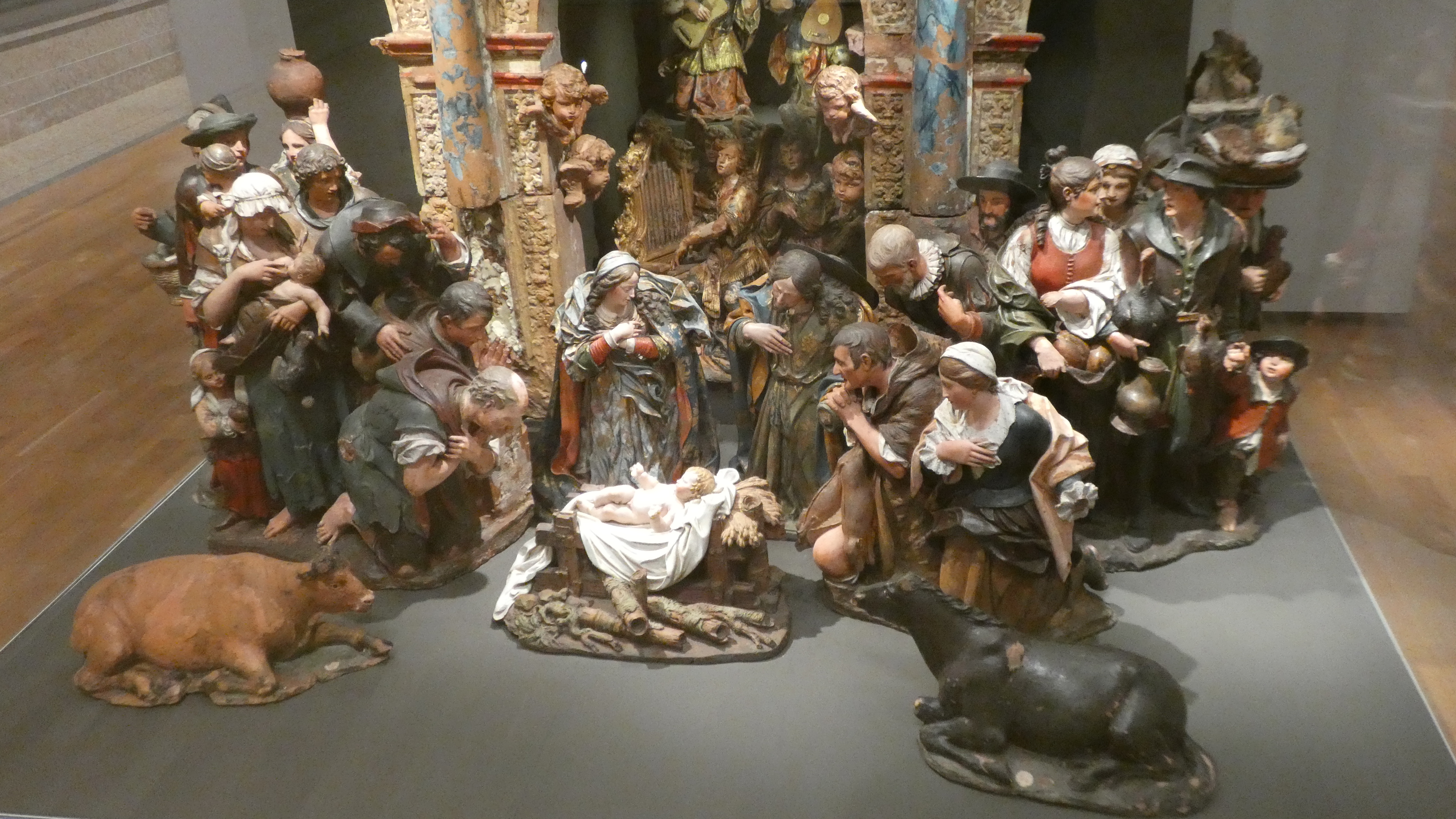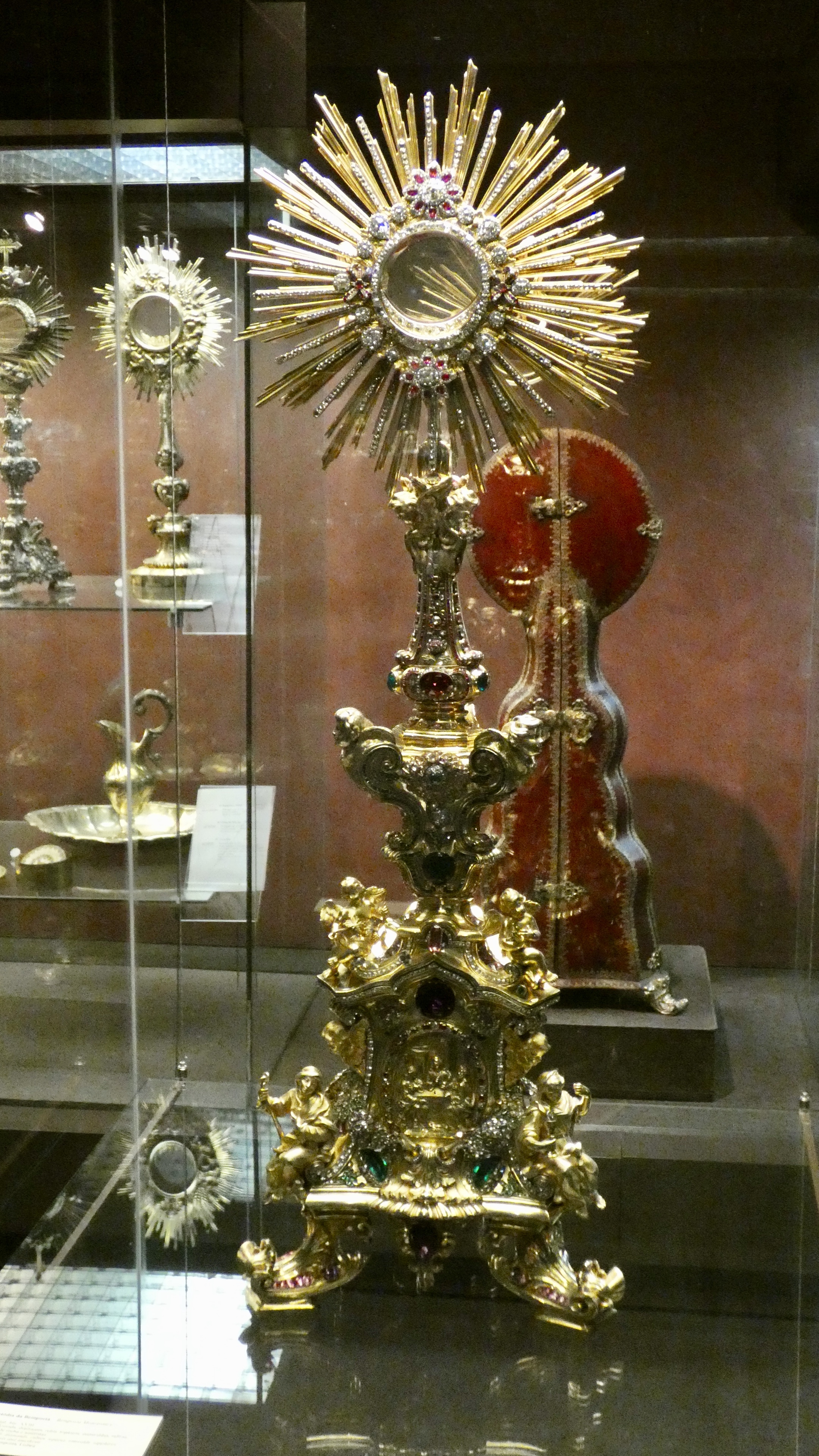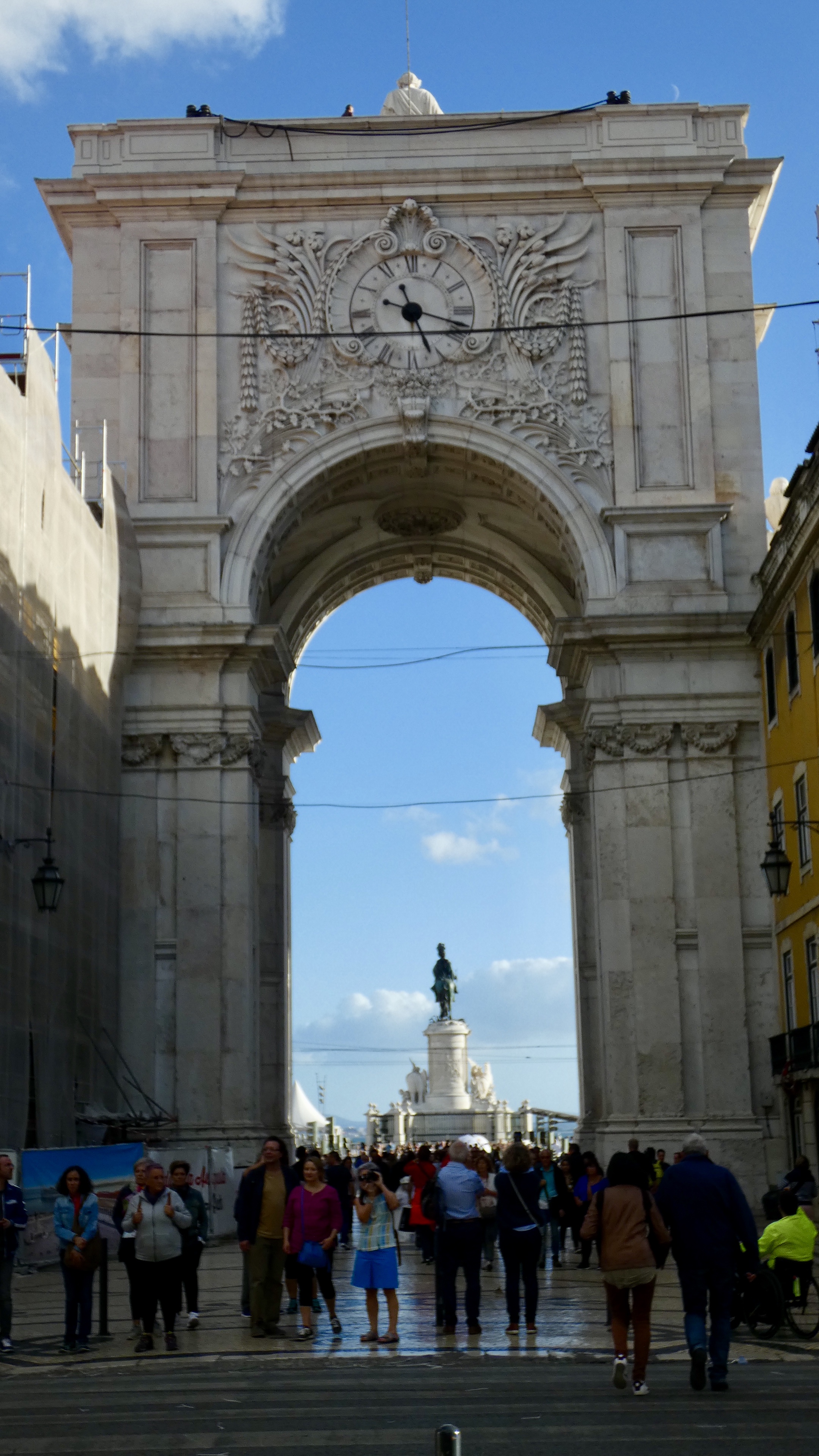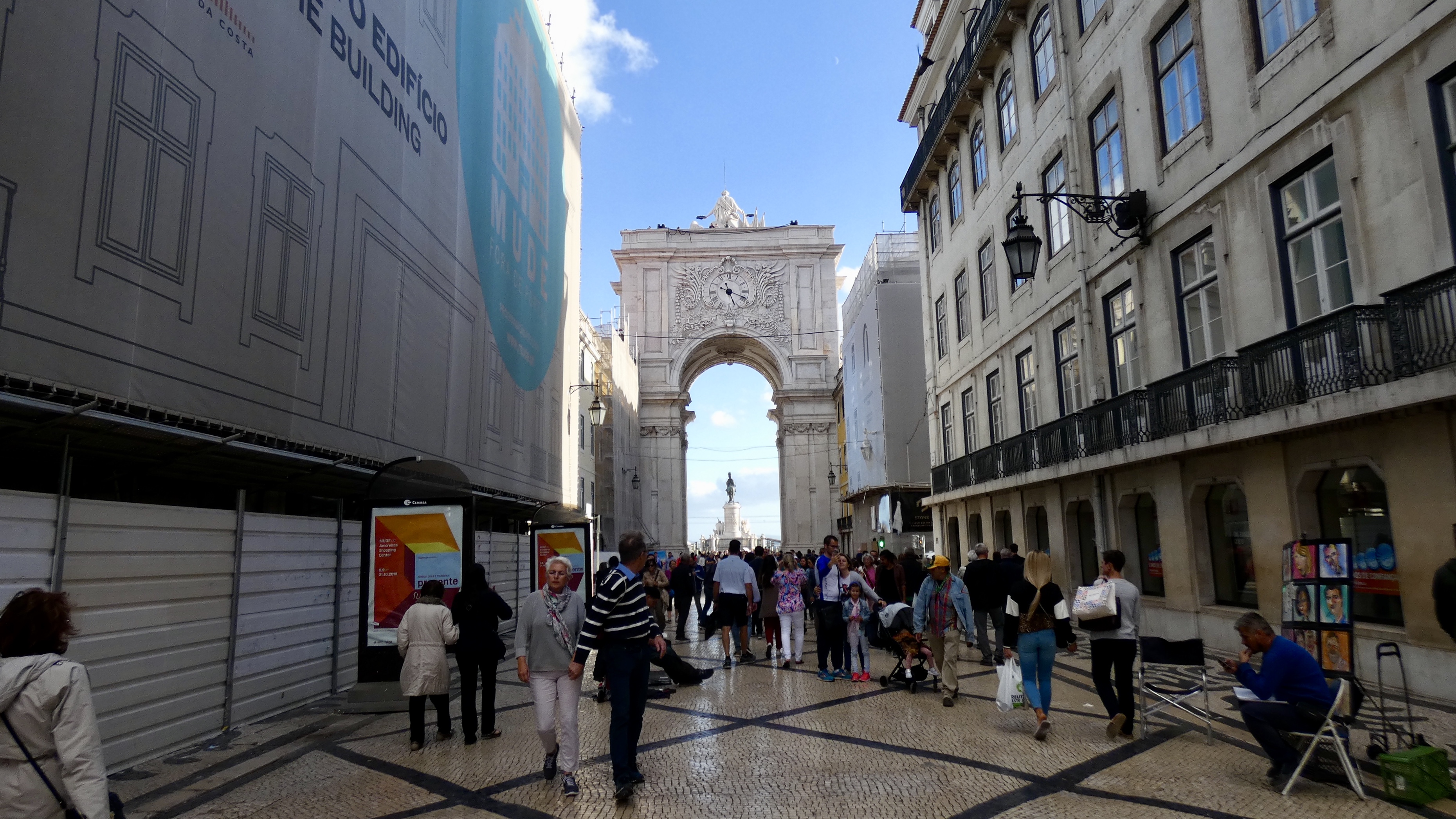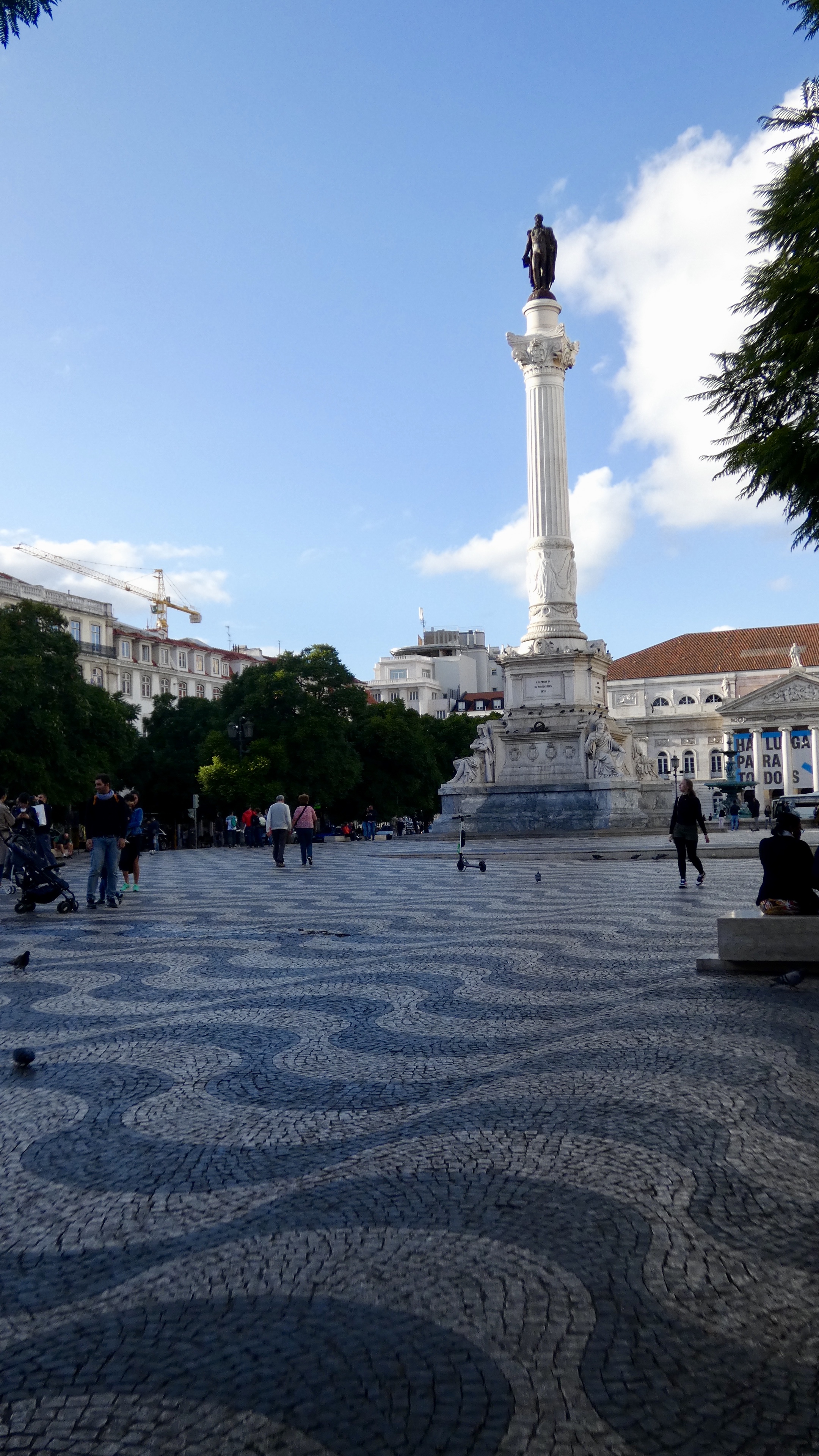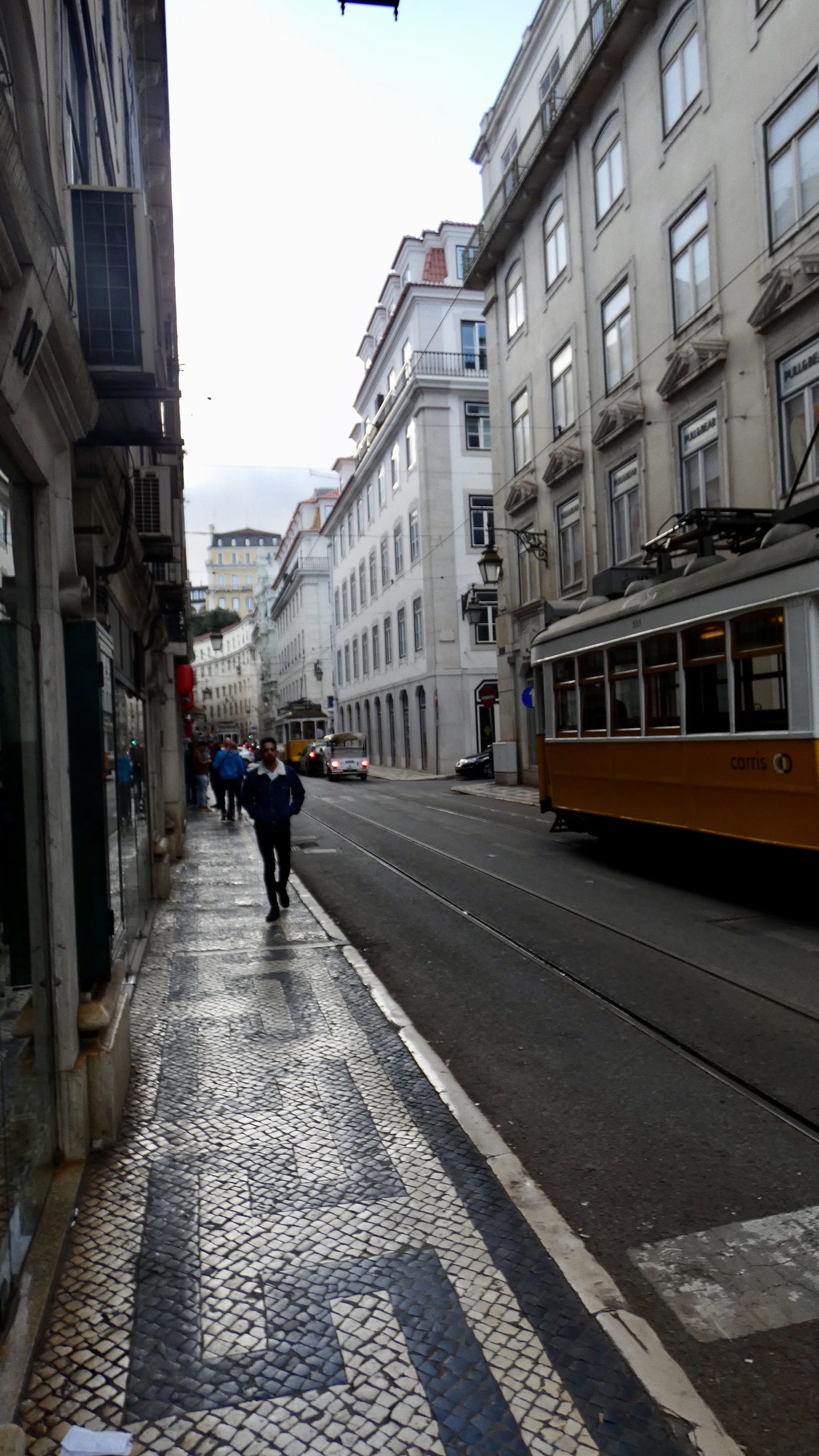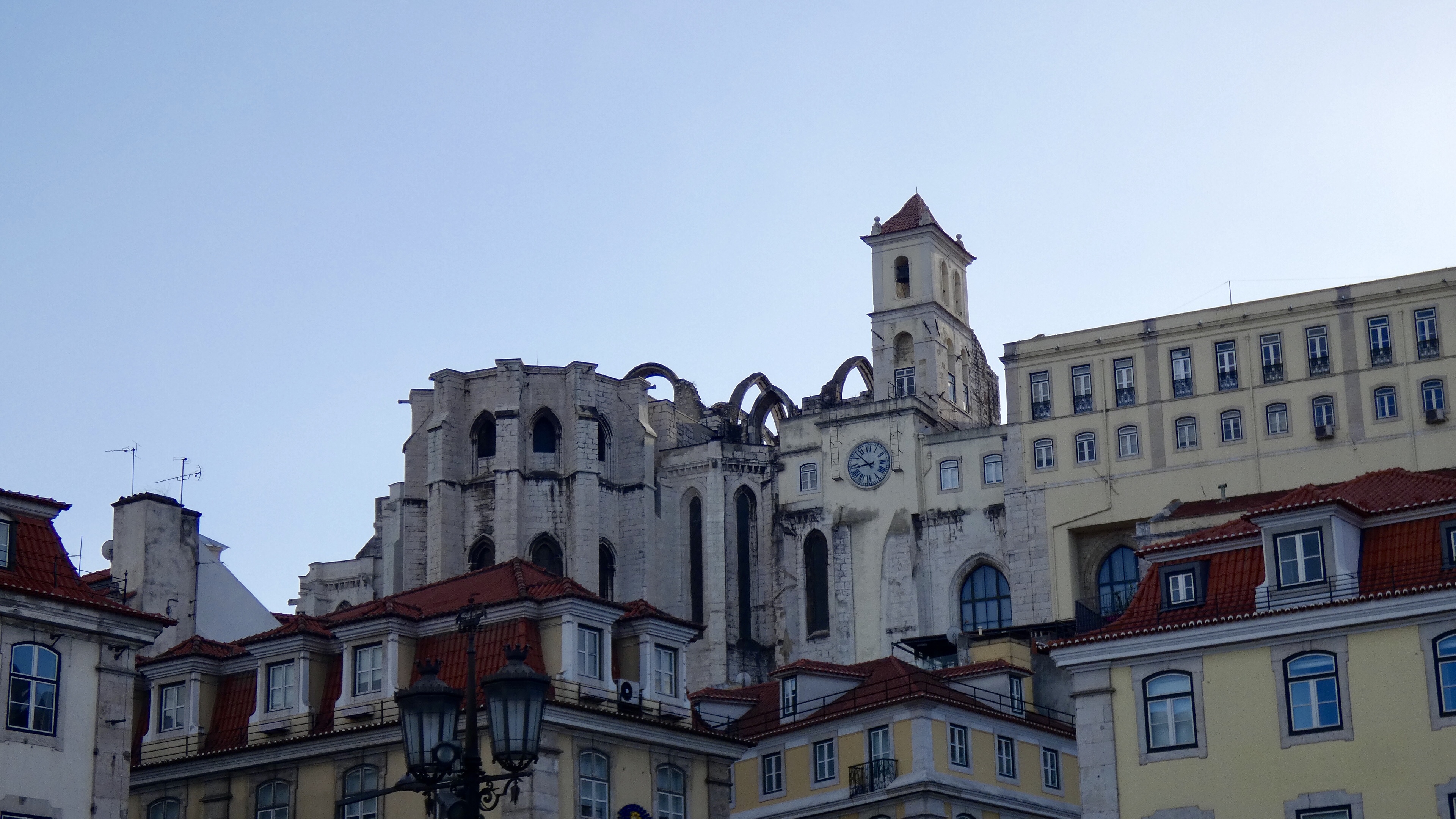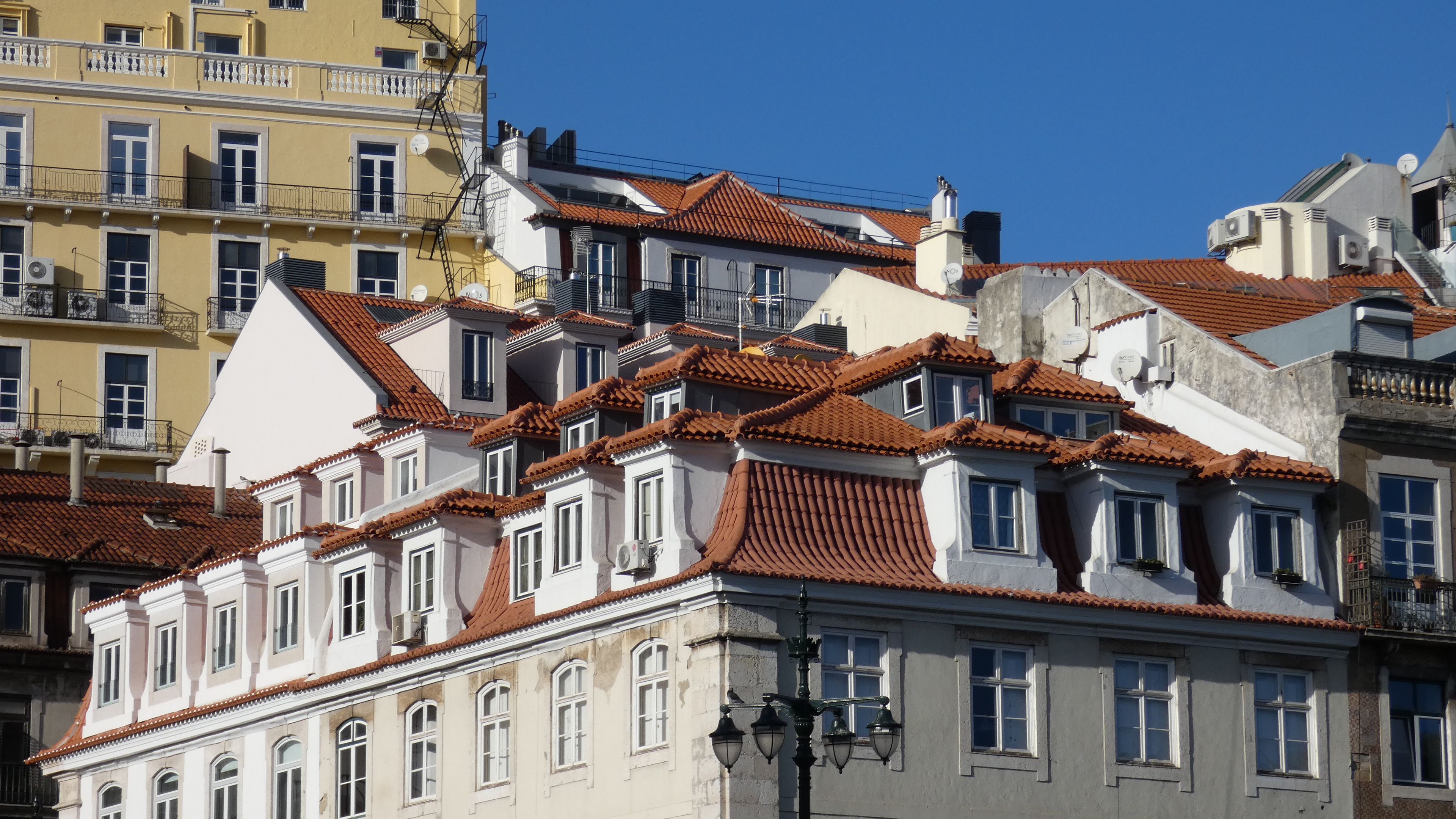Our first full day in Lisboa began with a hearty breakfast provided by our hosts followed by a walk downhill to Cais do Sodré to catch the train to Belém for the most touristy day of our stay in Portugal—thus far, anyway. Avoiding tourism is Lisboa is a near impossibility, so we’ve decided to roll with it when necessary.
Belém is a suburb (some refer to it as a district) of Lisboa, but back in the day it was the staging area for Portugal’s sailors at the dawn of the Age of Discovery and a monument to the immense wealth and power that flowed from it. It’s also the home of Pasteis de Belém, the originator of the custardy tart that you find all over Portugal and still—since 1837–its most sought-after producer. We’ve tried one in just about every location we’ve visited, and the folklore is true—hot out of the oven pasteis de nata from this bakery are the best by far. Imagine a crispy croissant cup filled with eggy custard, not too seeet, and you’d be in the ballpark.
But back to the Age of Discovery. The big attraction in Belém is the formidable Mosteiro dos Jerónimos consisting of the cloisters and the adjoining church. Go early. We stood in line for over 30 minutes to purchase tickets to enter the cloisters (the church is free) and it was absolutely worth the wait. The architecture is breathtaking, and given the line for tickets surprisingly uncrowded. Once in, you can roam both levels for as long as you want. We roamed a lot. Here are some photos, and you had better click to enlarge them.
And a few images of the attached church, including Vasco da Gama’s sarcophagus.
We stood in line again at Pasteis de Belém, followed by a quick lunch of a six pack to go of pasteis de nata in a nearby park. It was glorious.
Because we purchased a round-trip train ticket, we were able to hop back on the train toward Cais do Sodré for a stop at the Museu Nacional de Arte Antiga, a highly recommended part of any visit to Lisboa. The Museu houses Bosch’s The Temptation of St. Anthony and a nice collection of Portuguese Renaissance paintings and sculptures (about which I knew very little), but the attraction for us was the extensive collections of artifacts that flowed into Portugal from Brazil, India, and the Far East during the country’s reign as the world’s most powerful seafaring nation—monstrances, reliquaries, chalices, incense burners and tableware made of gold, silver, and precious stones, exquisite porcelains, ivory carvings, intricately inlaid furniture, and glassware. Here are a few images.
Back at Cais do Sodré, we found our way to Rua Augusta, a wide, long pedestrian avenue full of upscale shops, souvenir stalls, and street vendors and entertainers of every ilk. It begins on the banks of Rio Tejo and follows under the Arco da Rua Augusta, Lisbon’s version of the Arc de Triomphe. Rua Augusta and many of the surrounding streets and walkways boast intricately tiled surfaces. We walked the Rua to Rossio, a square that was the historic center of Lisboa and that was once an oval Roman racetrack. A steep climb back to Largo do Carmo brought us to our lodging at Feeling Chiado.

